2024 was an exciting year on the farm, featuring a doubling of total acres under management as well as substantial equipment upgrades. It will surely be remembered as the most consequential year our farm has had since I’ve been at the helm, as it’s the year I decided to finally step away from my day job at Purple Wave and become a full-time ag producer.
January featured the band‘s return to the Kansas Auctioneers Association to play Friday night after the preliminary round of the Kansas Auctioneer Championship, in which I decided to participate. I made it to the finals and, the following night, took fourth place.
I had a busy spring with Purple Wave, doing video production and editing work.
I think Diane and I pulled off a fun Mario and Luigi for a themed trivia night with the Piesters in Pratt in February.
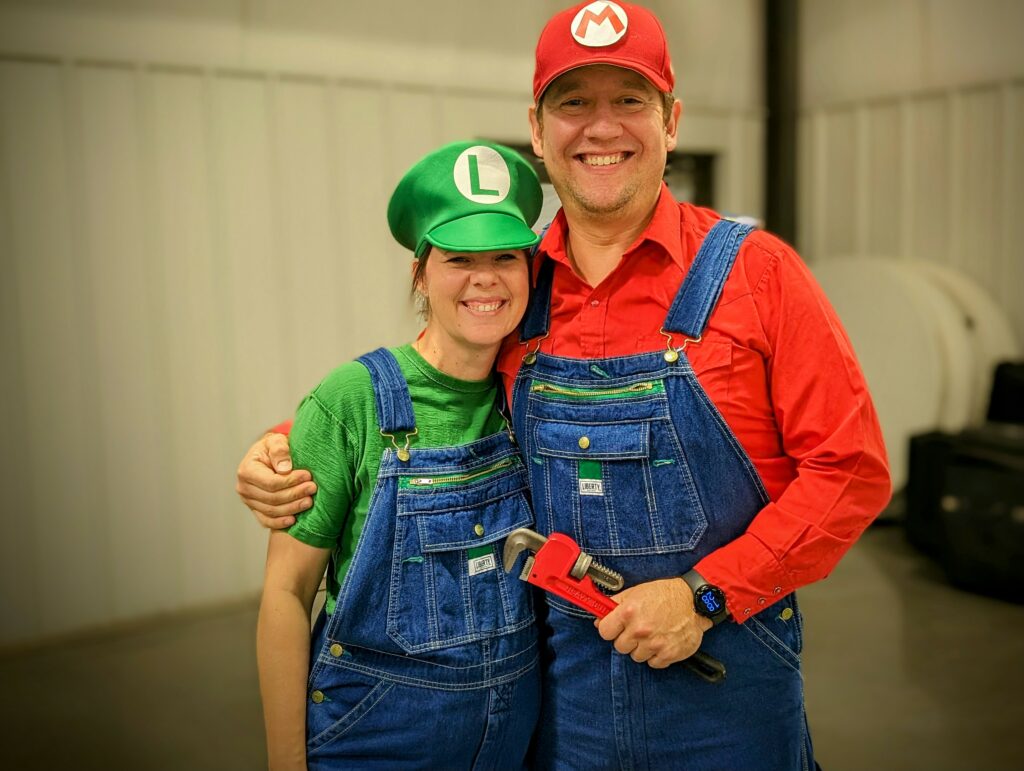
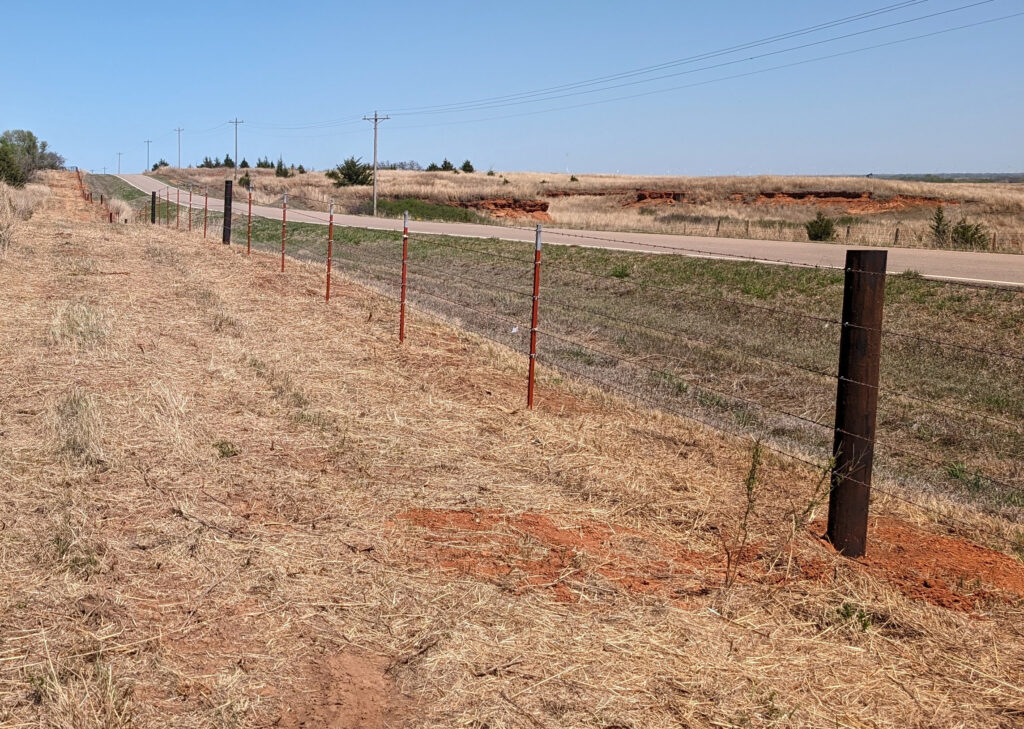
Considering the challenges I’d had in previous years of keeping cattle in fences, I decided it was finally time to bite the bullet and replace a good amount of fence. Knowing I would never have the time to get to it myself, in March I engaged a local fence building crew to tear out and replace all the fence on the Hunter place and the Nesselrode. It wasn’t cheap, but I only regret not doing it sooner!
I started planting soybeans in late April, after adding a Loup Elite monitor to my tractor and planter that connects to Climate FieldView Drive to sync the planting population and other telemetry to the cloud. This data collection will give me better ways to compare yields against varieties, planting dates, soil types, population rates and more.
In May, neighbor Daryl Werner approached me about farming his ground. These opportunities don’t come often, and it was a quick “yes”, though figuring out how to incorporate such a sizable increase in acres is a puzzle I’m still in the process of working. One of the most consequential side effects of this decision is my resulting resignation from Purple Wave, which is a career I’ve had since 2001. The company has been wonderful to me over more than two decades — I’ll never not be an advocate and surrogate for them. But I simply no longer have the time to not focus on the farm year-round.
June’s wheat harvest was mixed, with average yields north and west but substantial hail damage on all fields south of the house — including a soybean field on the Winter place that had to be replanted. June was the first season using the new combine and header, and I also found a deal on another truck tractor that is part of the equipment expansion to handle the additional acres.
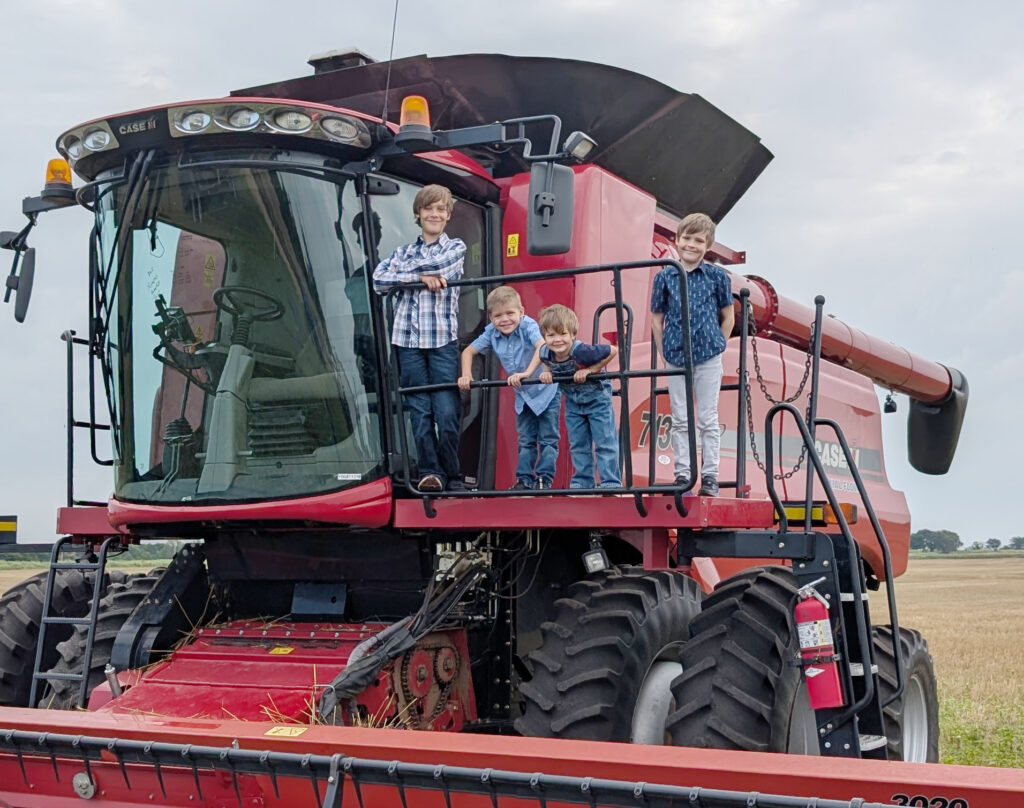

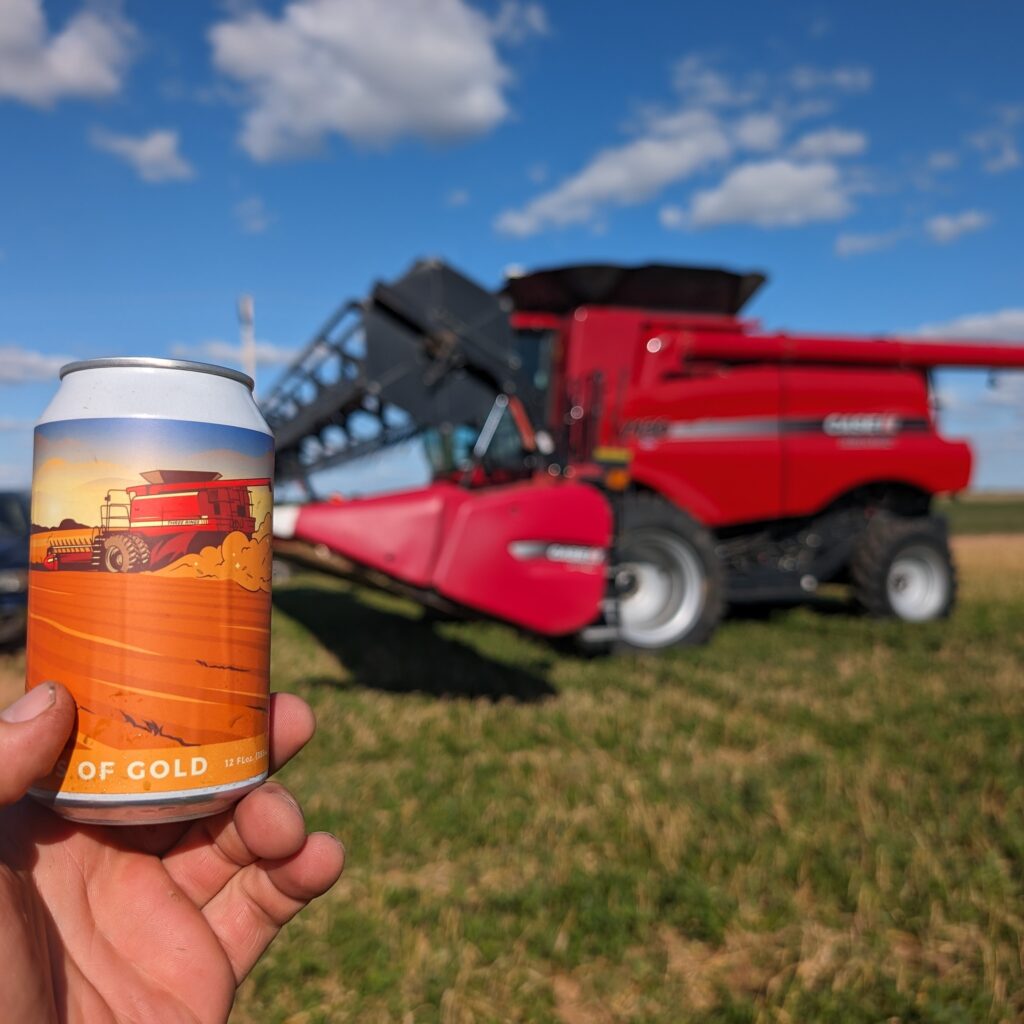
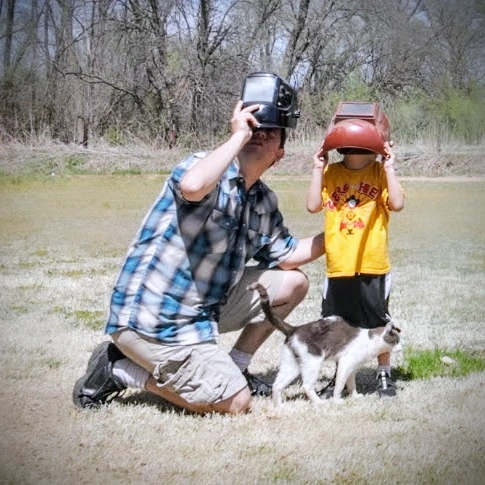
Early July brought a ton of rain that introduced substantial delays in double-crop milo planting. While waiting on fields to dry out, I hired a drone operator to spray the trees that are overwhelming the pastures around the home place. The drone was about half the size of our four-wheeler and would carry enough tank mix to spray four acres at a time before returning to refill and change batteries.

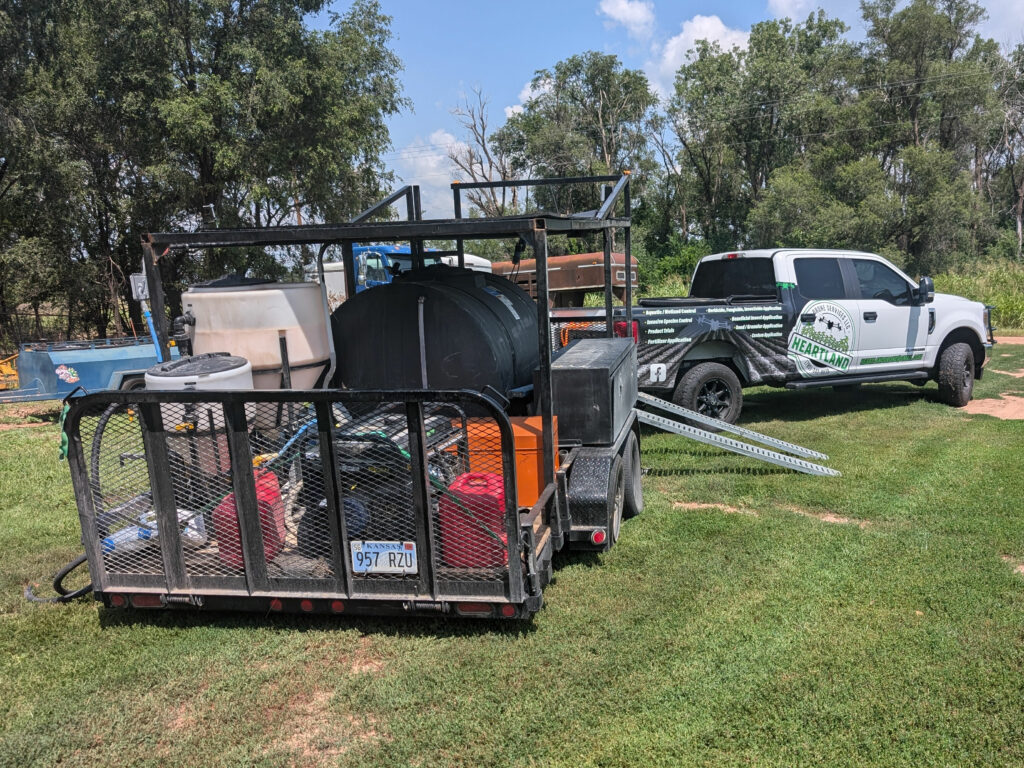

Sadly, the rain delay kept me from planting all the acres I’d planned to milo as it simply got too deep in the calendar and I had to stop planting. Later in July, the band took a day to record a music video in Wichita for our song “Singularity” — it was quite an enjoyable experience!
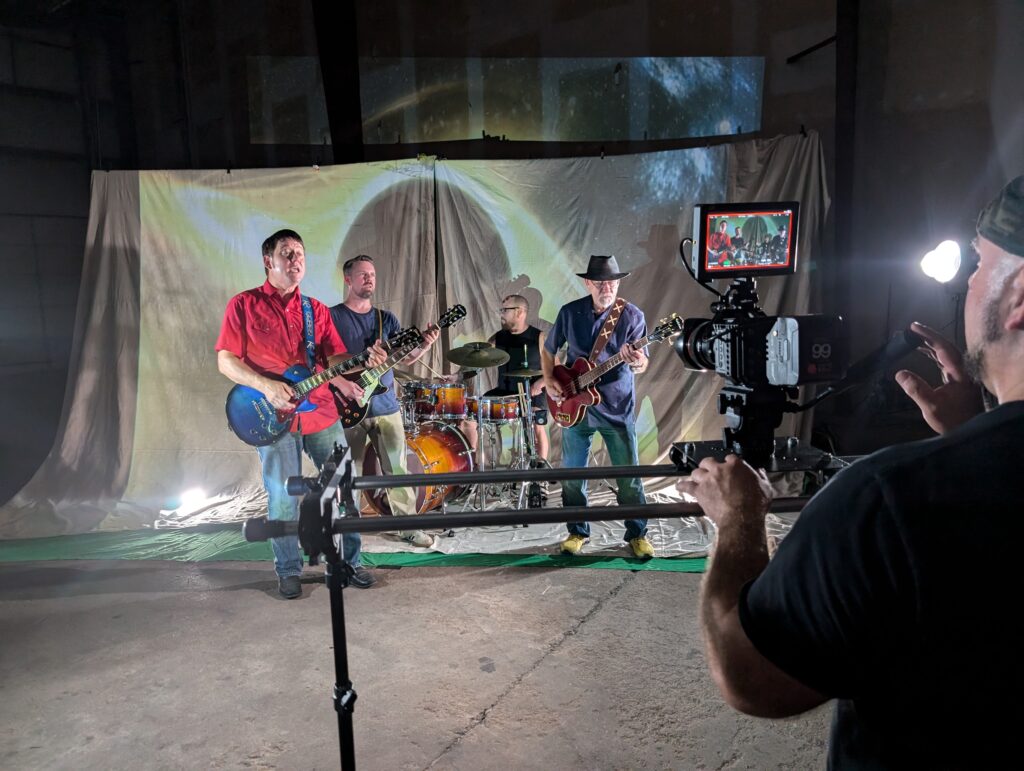


In August, for the first time, I had lime and fertilizer applied at variable rates. The grid sampling of the soil that generated the variable rate prescriptions is something I wish I’d done long ago. It’s expensive, but should substantially help build uniform fertility across fields. I’ll continue to sample a few fields a year as time and finances allow.

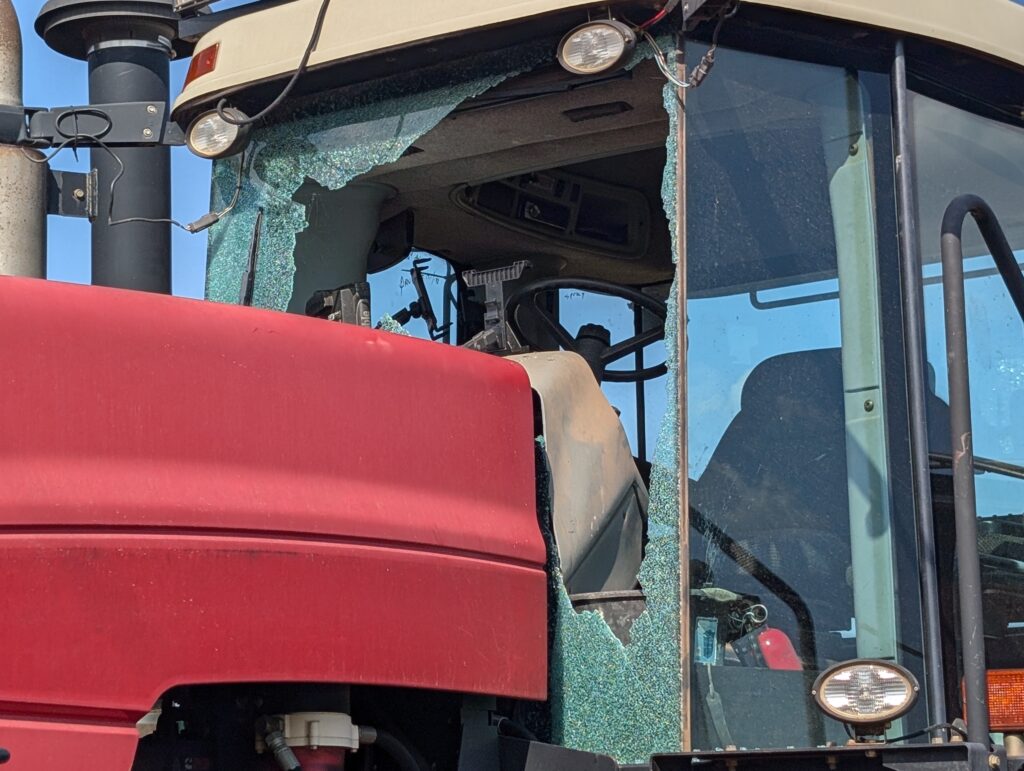
In what can only be described as a freak accident, somewhere in the front half of August the windshield on the Versatile tractor was found to be broken. I could find no evidence of a cause in reviewing the security camera footage, we can only assume it spontaneously shattered. The dealership ordered a replacement, but the earliest estimated date we could get it was late October, which would prove to severely frustrate wheat planting.
Over labor day, Diane and I flew to D.C. to celebrate the promotion of my lifelong friend Kyle Dohm to the rank of Navy captain. It was Diane’s first trip to D.C. so we spent the day before the ceremony being tourists. After the ceremony, we took a train to Manhattan to visit our friend Rob, who showed us around the city and took us to a few Broadway shows before we headed home.

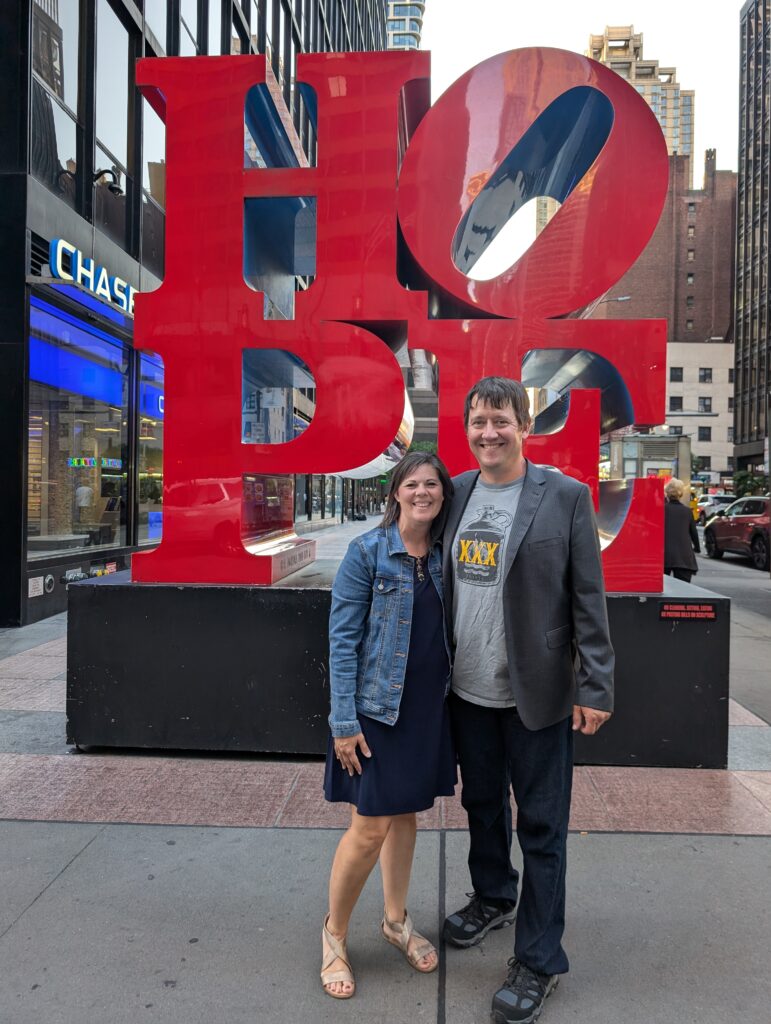



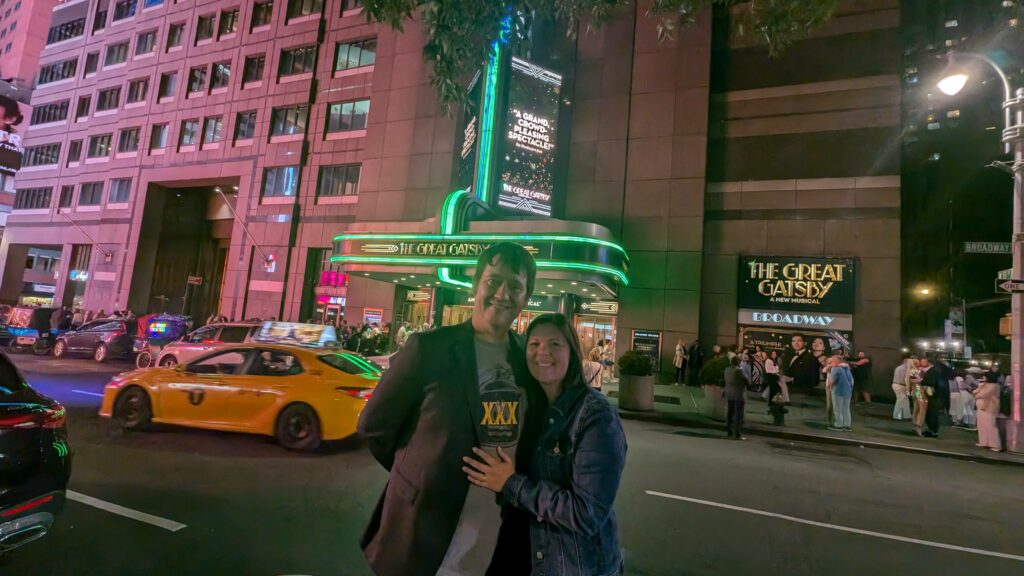
Upon returning home, I was surprised to find soybeans ready to cut well ahead of schedule. I had the luxury of running two combines, the new 7130 and one of the older 2388s, dispatched to different fields, and used in different ways. Outside of taking a break for Peace Treaty, I spent from September 8 through October 20 focused on soybean harvest.
The tractor windshield wasn’t installed until October 22, a full month later than I would normally start drilling wheat. I had the drill in shape and was up and drilling by October 25, but was way behind schedule. Repeated mechanical issues with the drill made progress slow.
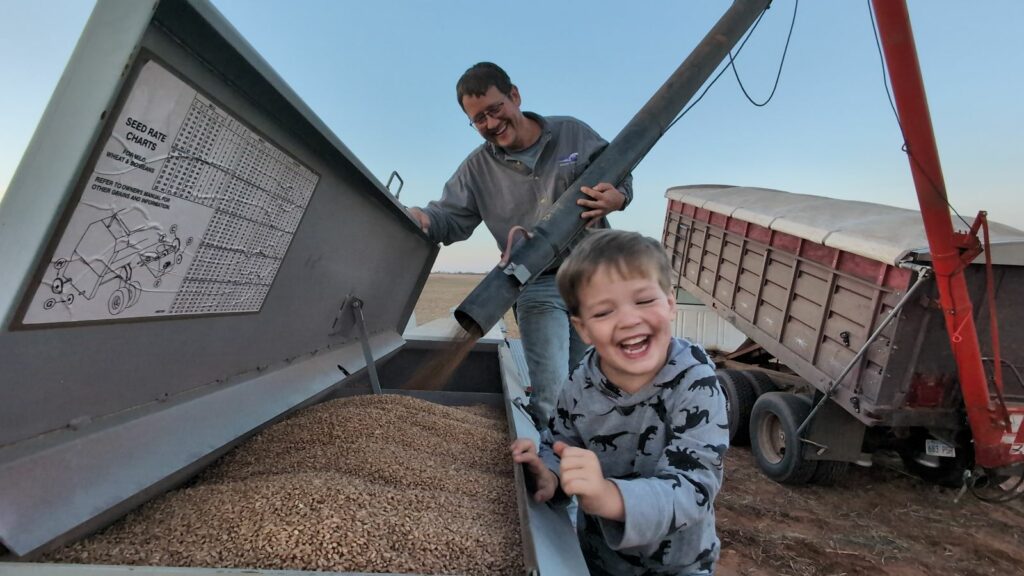


The substantial rains we received in early November put large sections of Pixley under water and stopped the tractor with roughly 600 acres of wheat left to plant. I was able to finish most of Pixley by December 14, 40 days after the insurance late-planting deadline. After getting the drill stuck twice in the same day on the same field, I threw in the towel on the over 300 acres north of Sharon that was supposed to go back to wheat that will now be milo in 2025.
Milo harvest was also delayed due to rain. It stretched from November 14 through December 23, definitely the latest I’ve ever had the combine in the field.
I made a few more year-end equipment purchases in December. I got a seed tender, which will help with planting logistics. I bought a Police Interceptor Utility, which is basically a Ford Explorer built specifically for law enforcement — this will be a better farm SUV than the Ford Escape I’ve been using for the last five years. I also found a good deal on a self-propelled sprayer, which I’ll use for variable rate liquid fertilizer for now but will use for pesticide application as I get more comfortable and familiar with it.
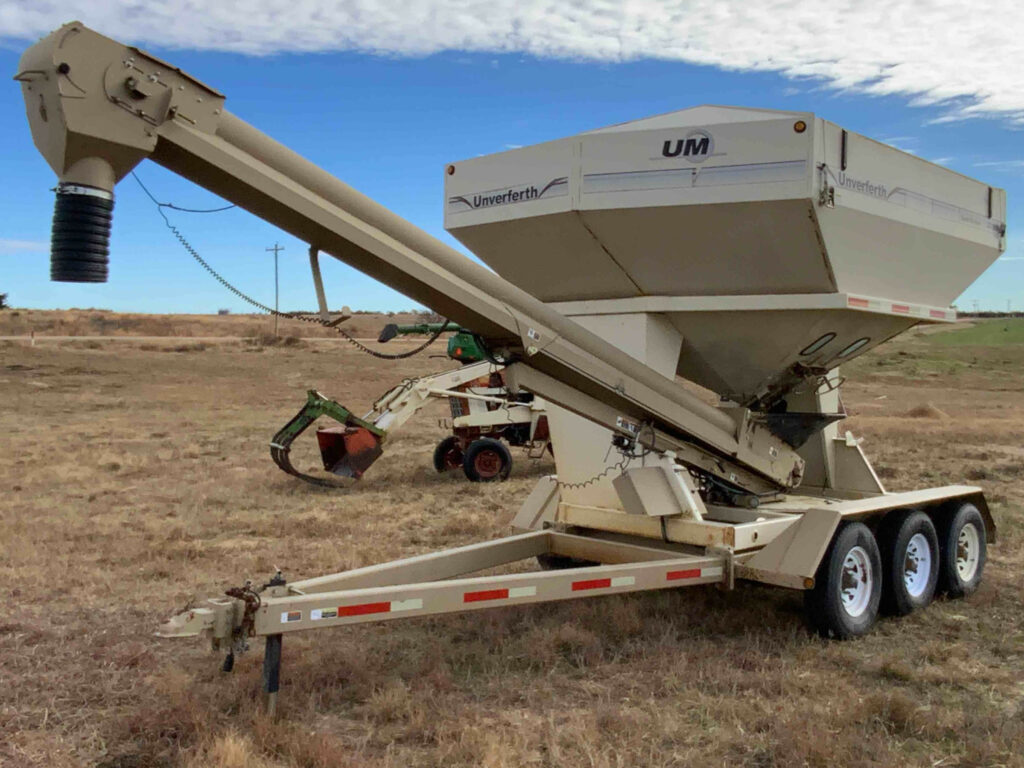
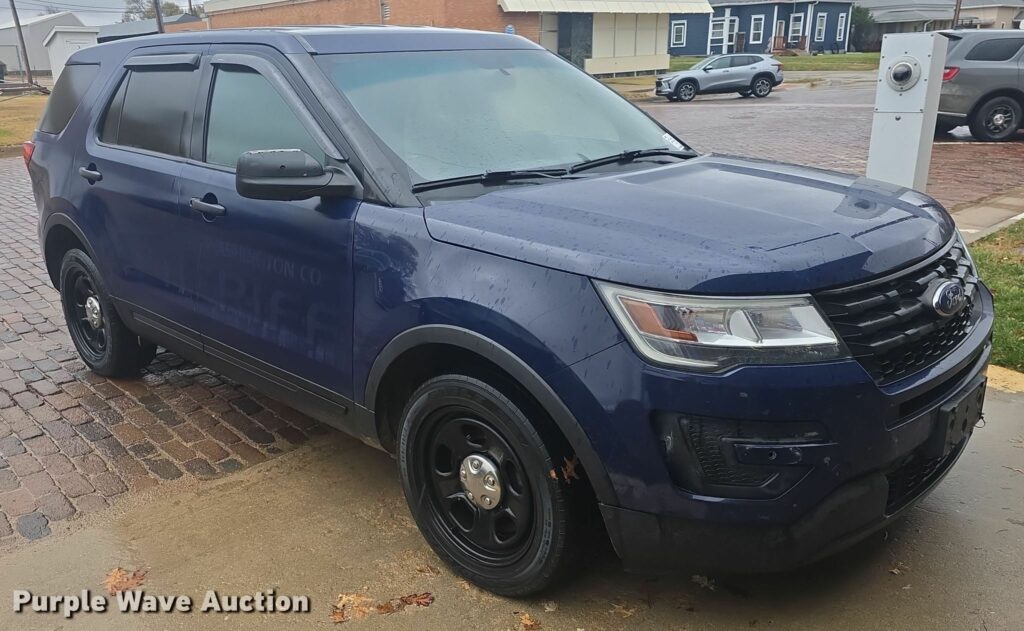
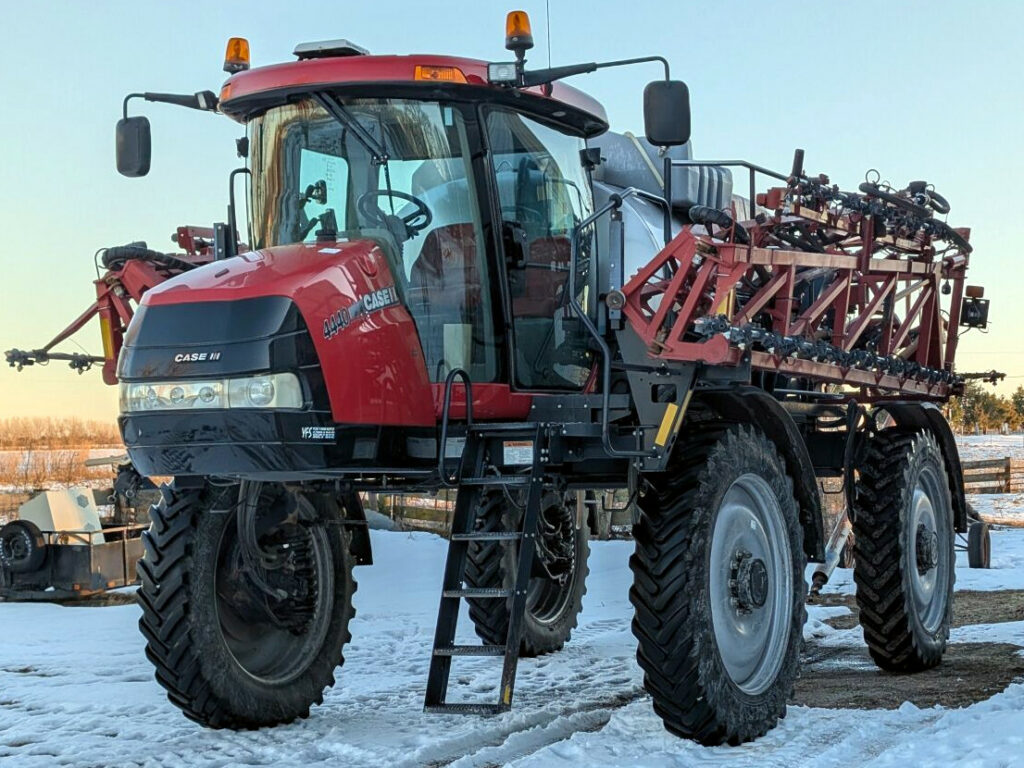
I still need to buy a tender truck or trailer for the sprayer to nurse it. And I need to replace my grain drill as the Crustbuster has probably drilled its last acre, at least on my farm. Next year is anything but certain, but it’ll definitely be interesting — and I couldn’t be more excited about the opportunities in front of our family!

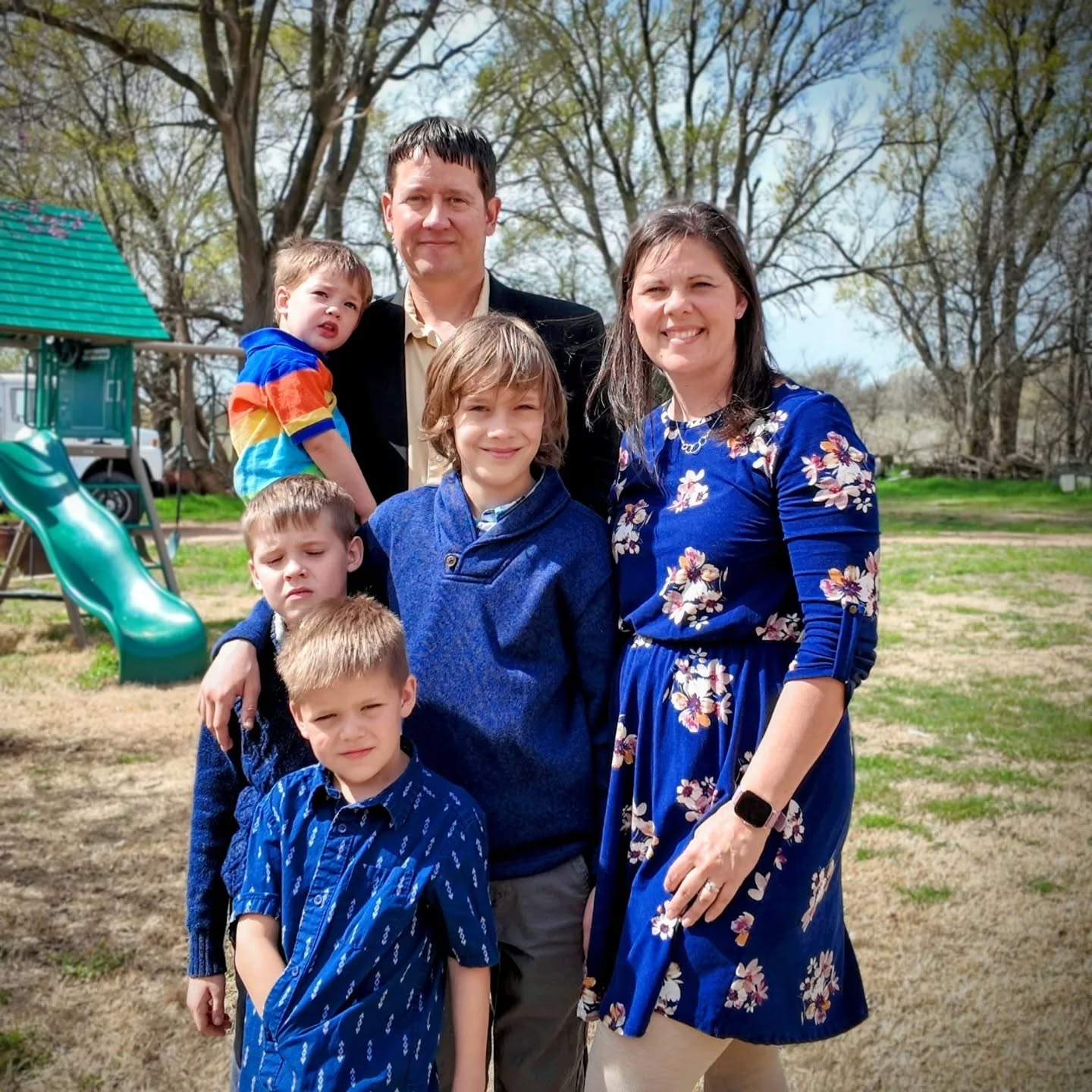
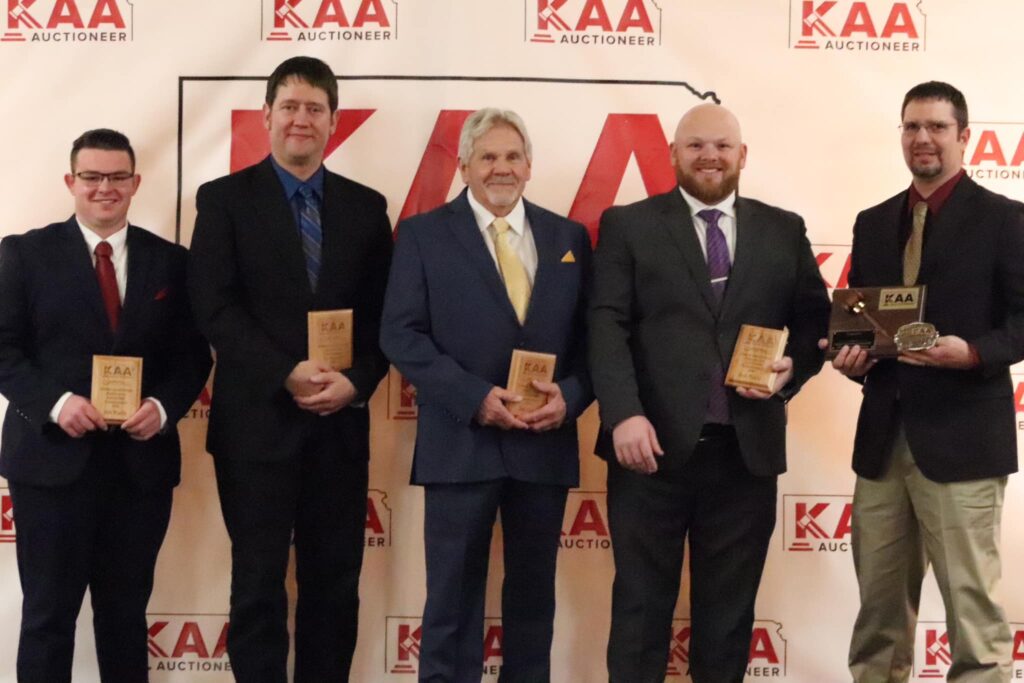
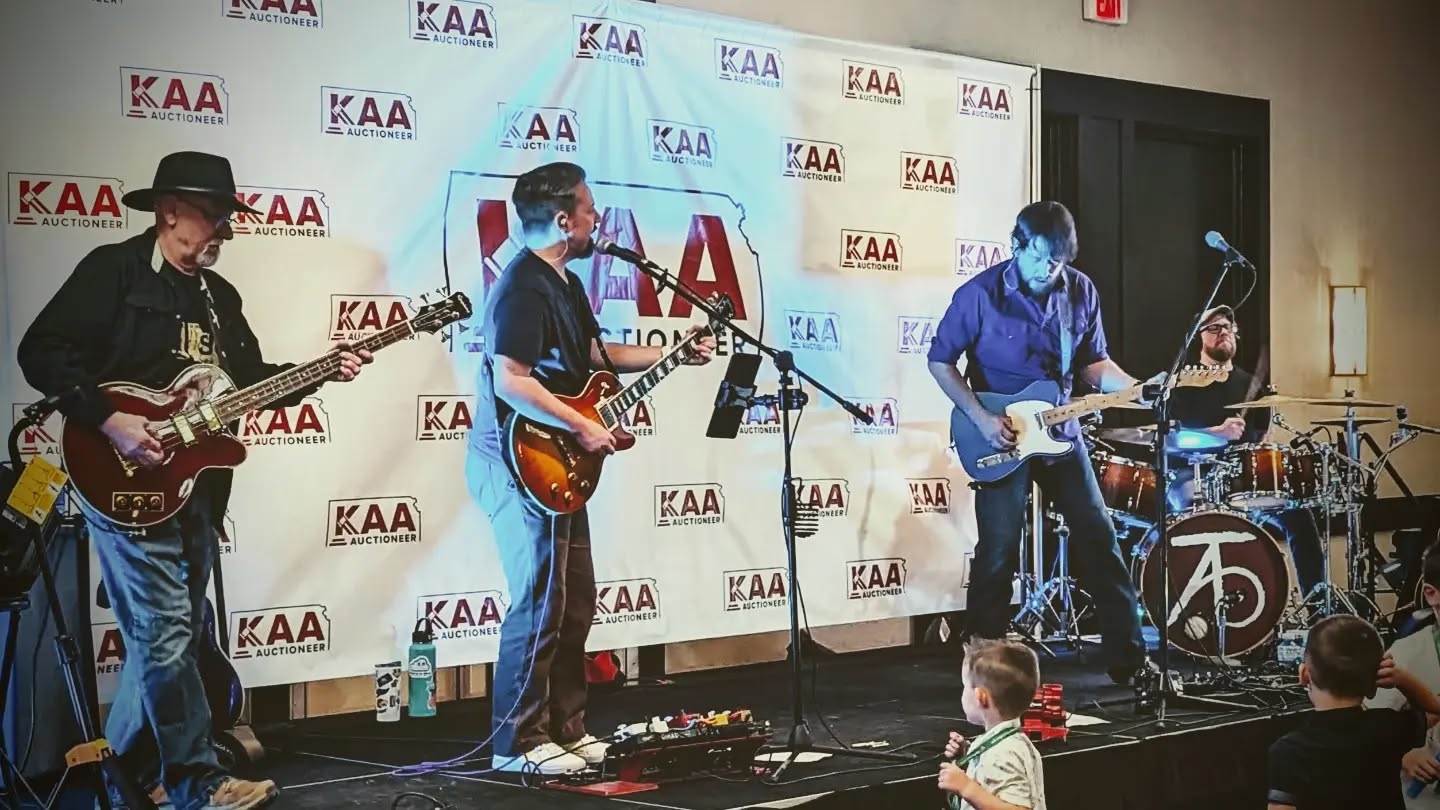
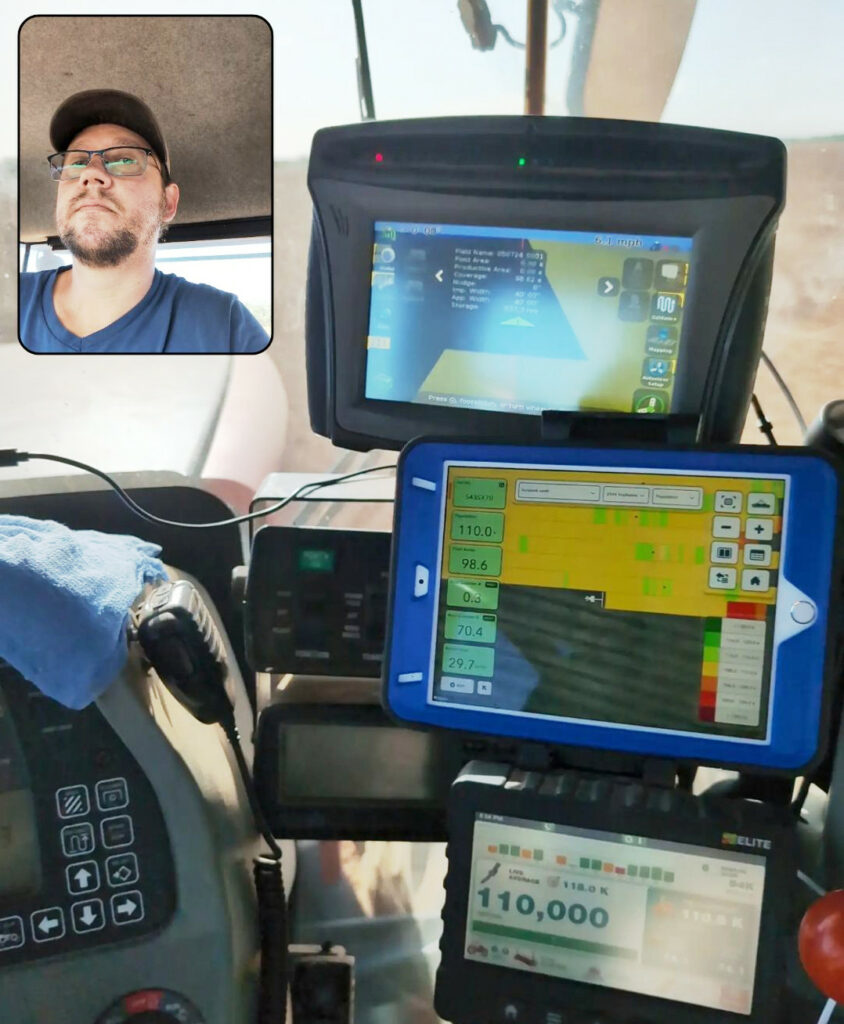
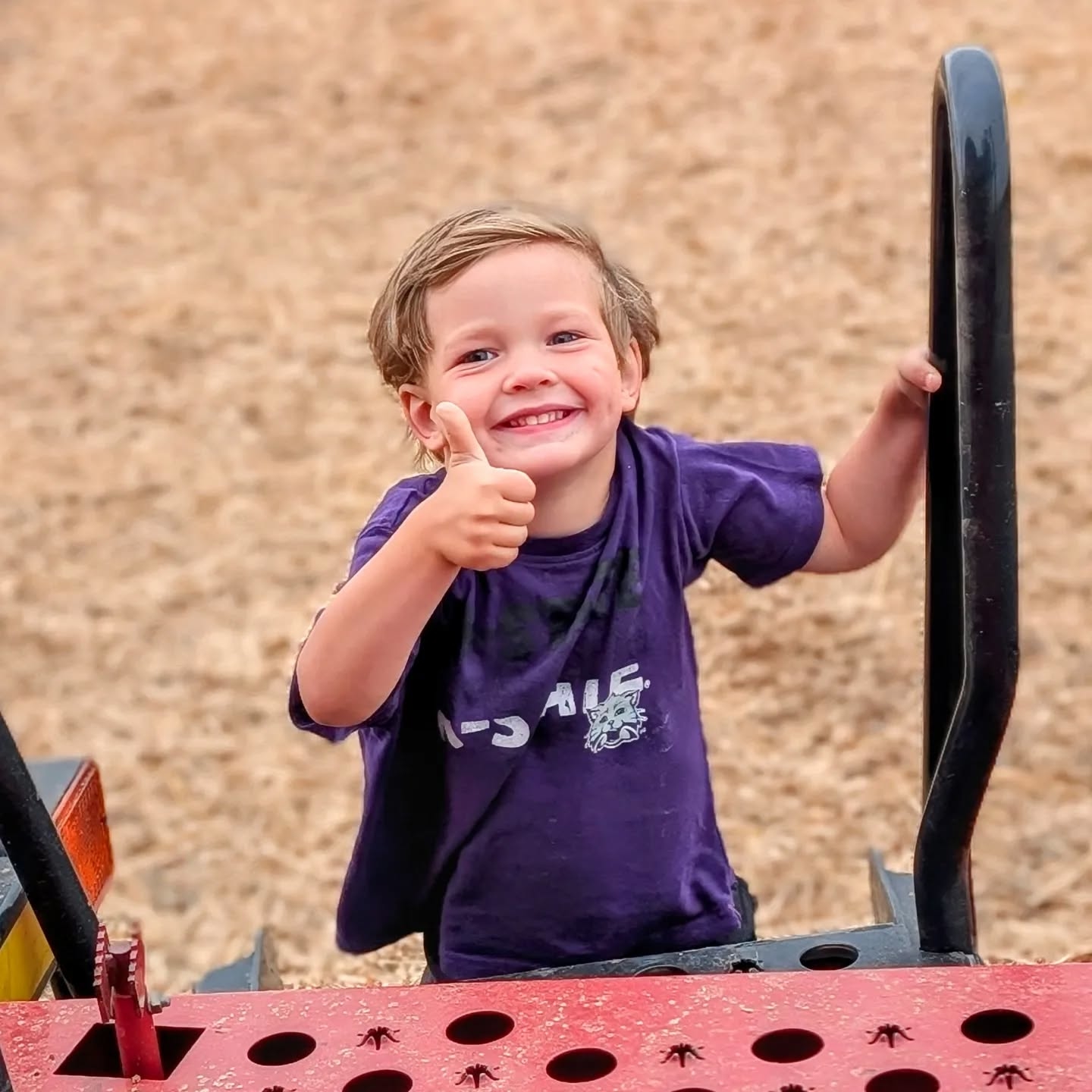
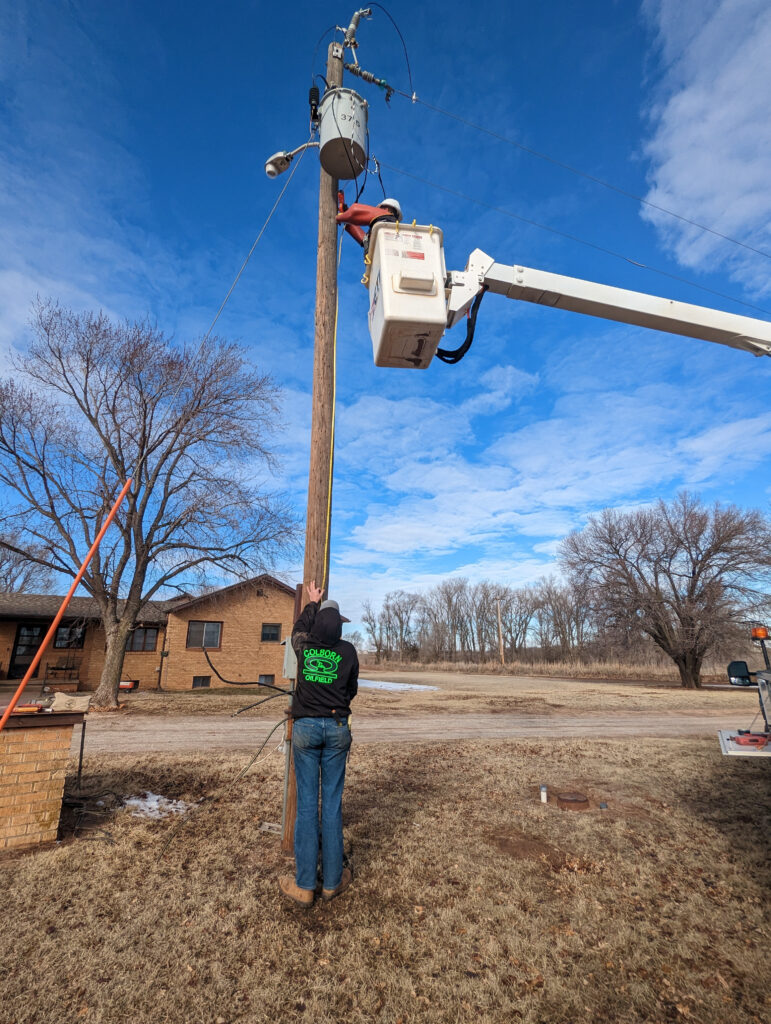
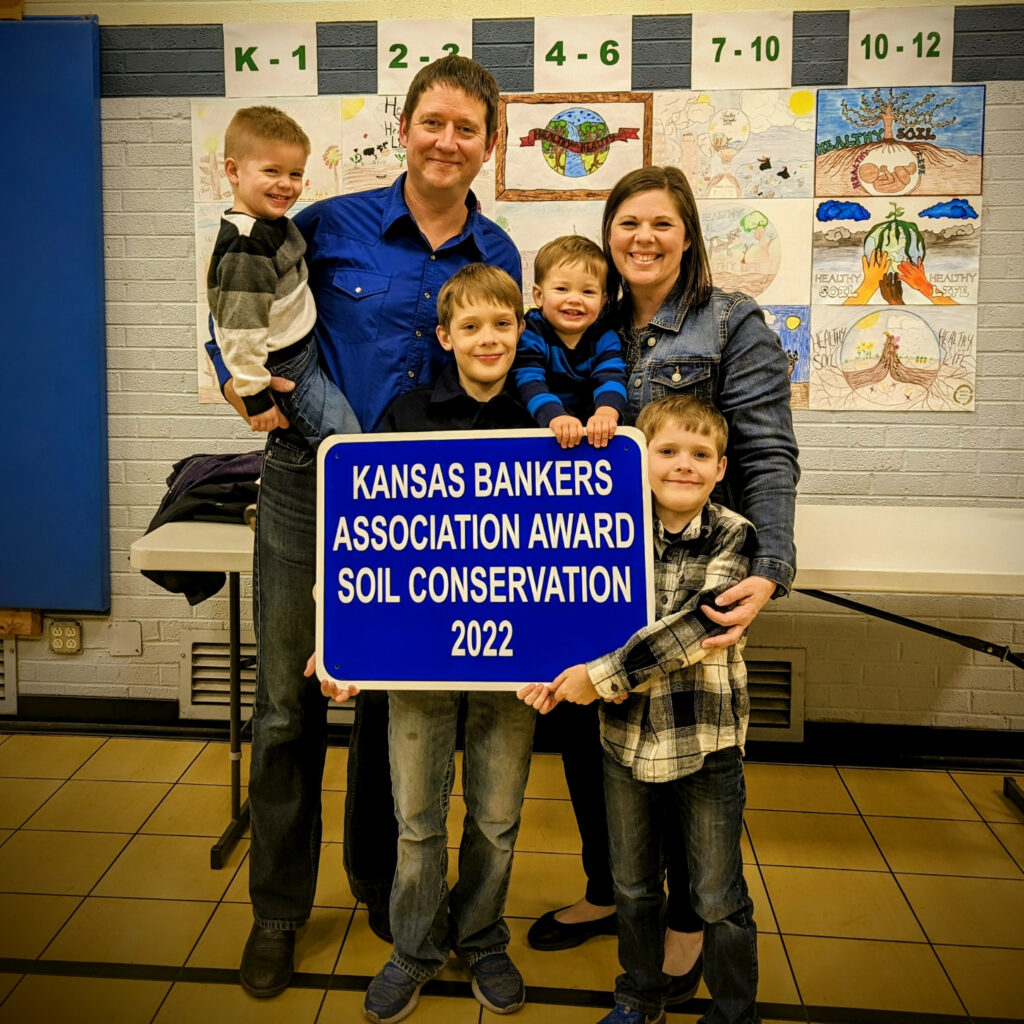
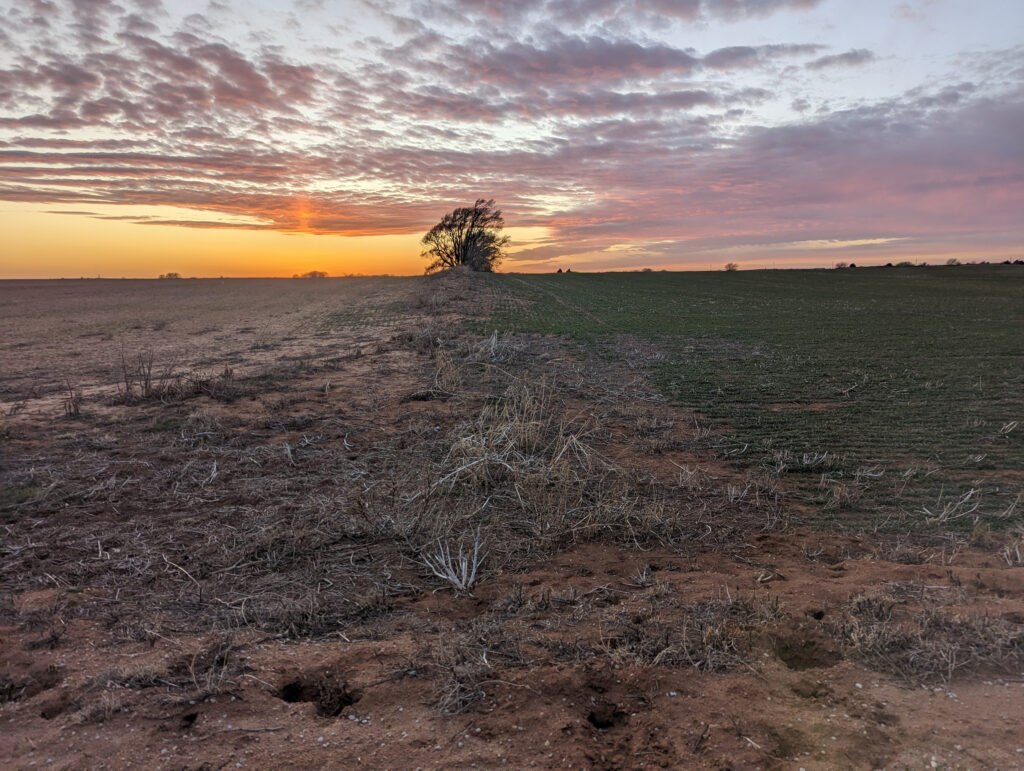
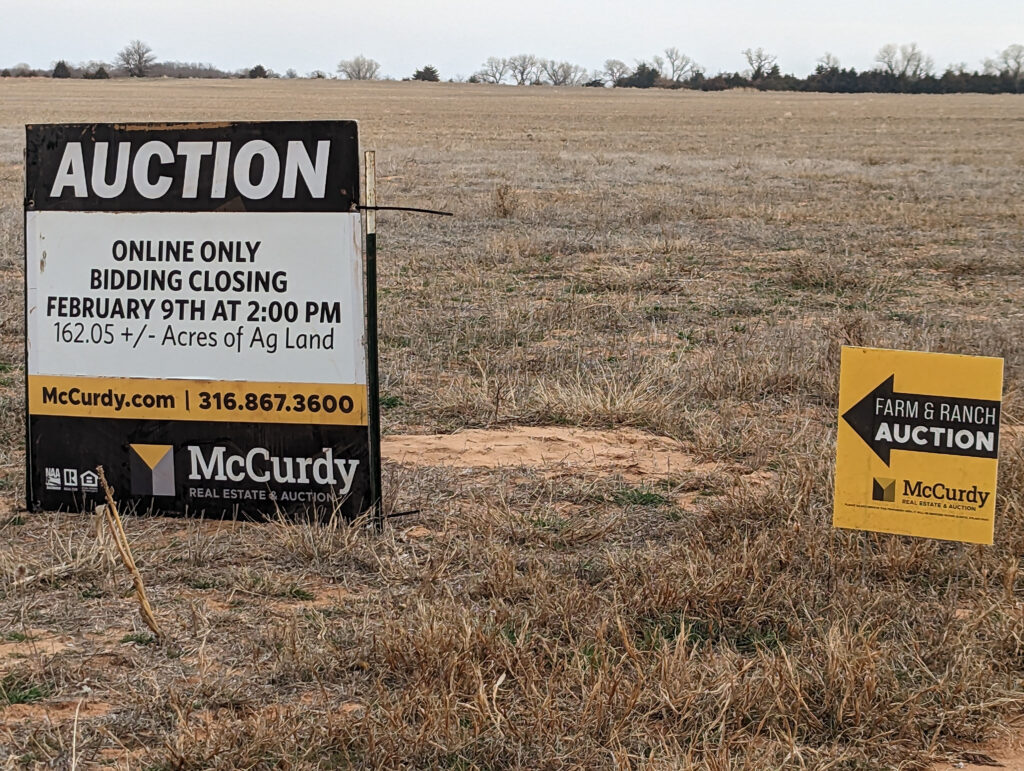
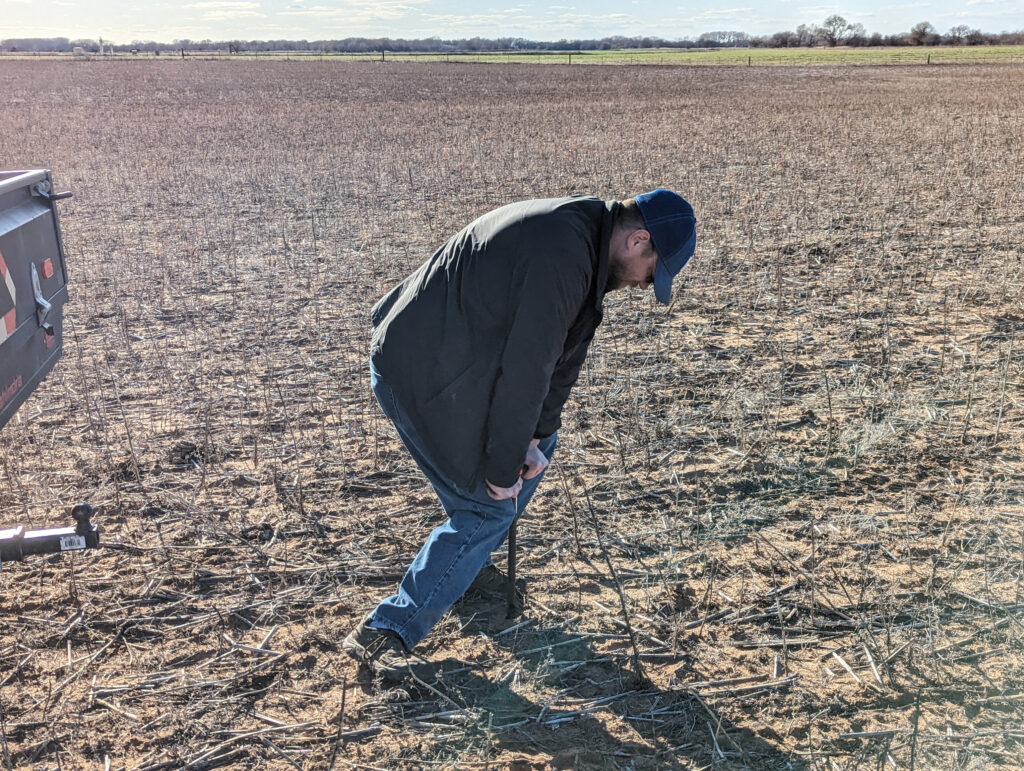


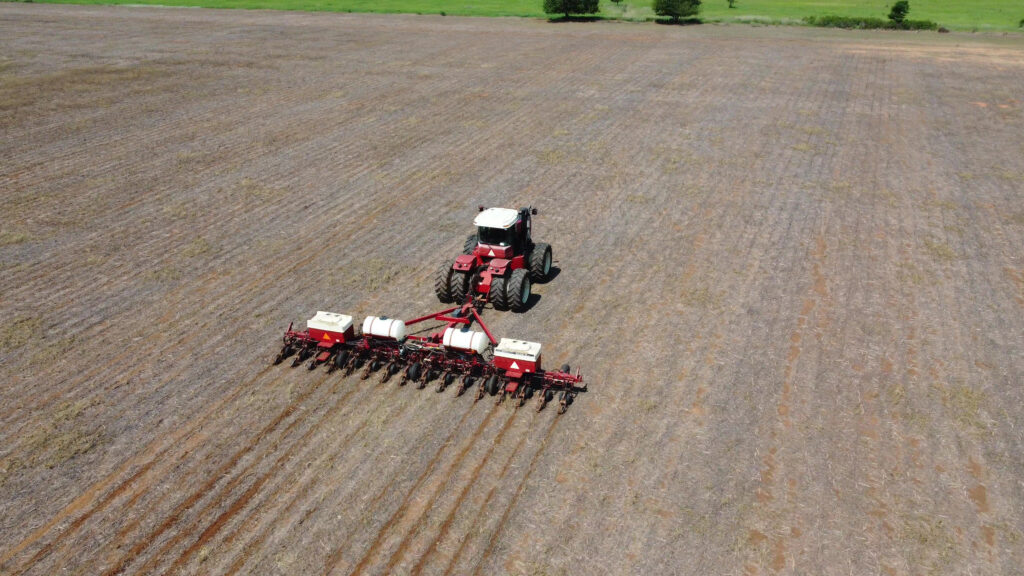

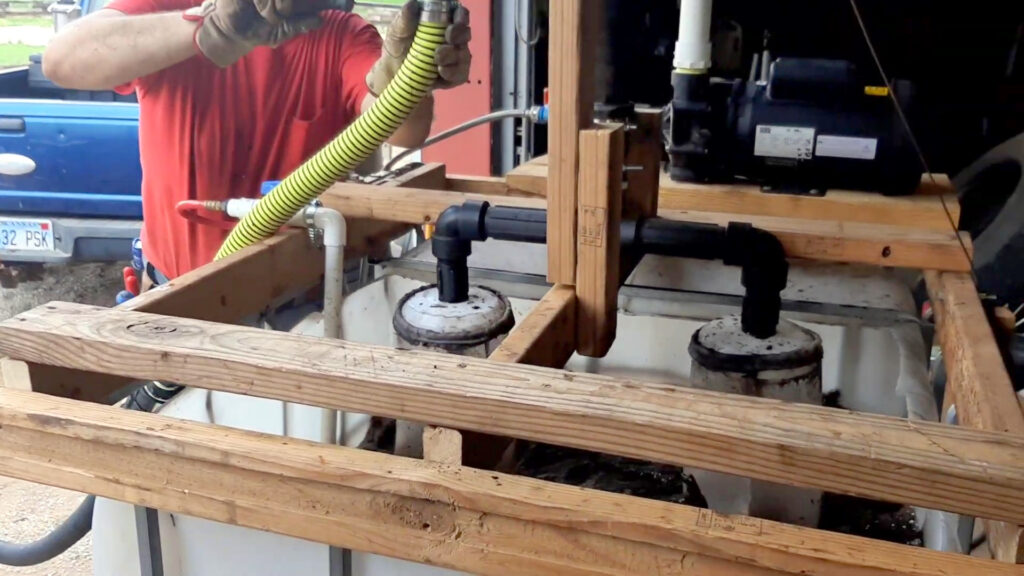
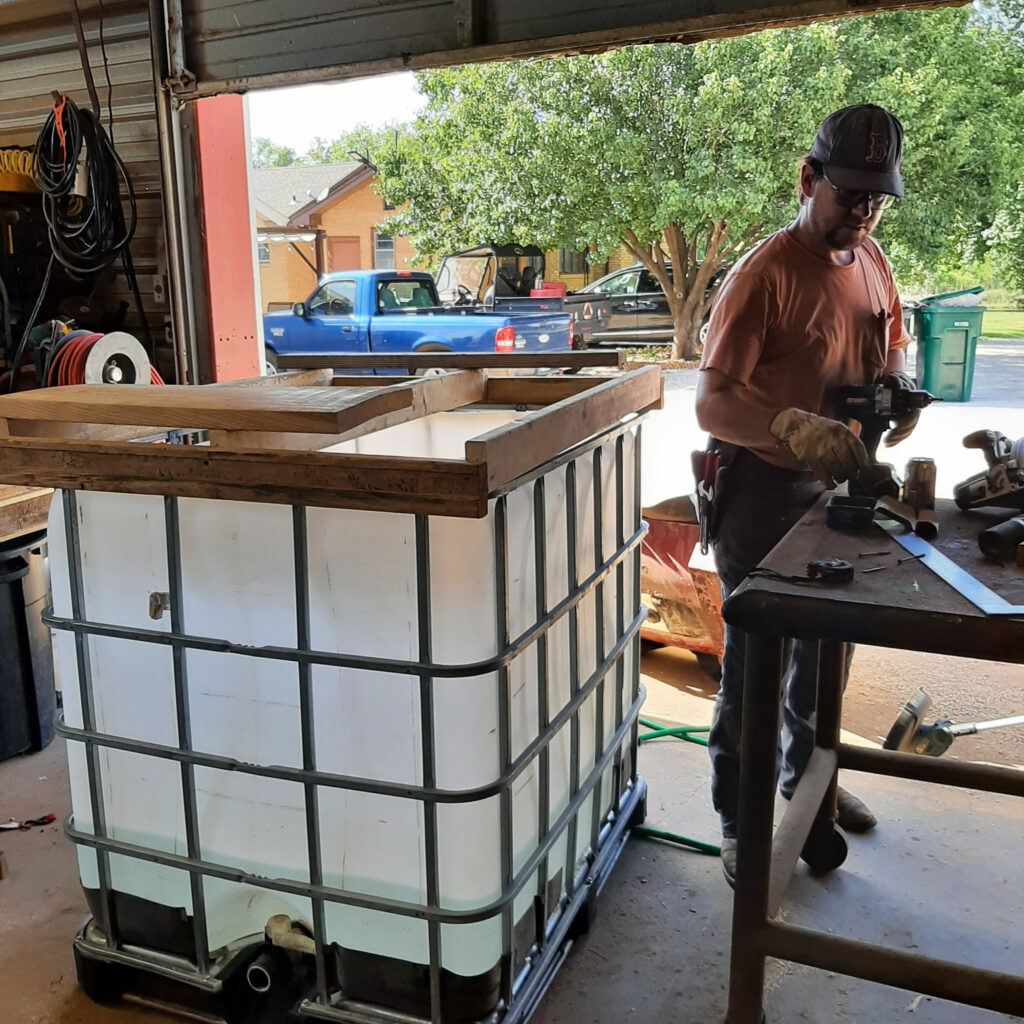

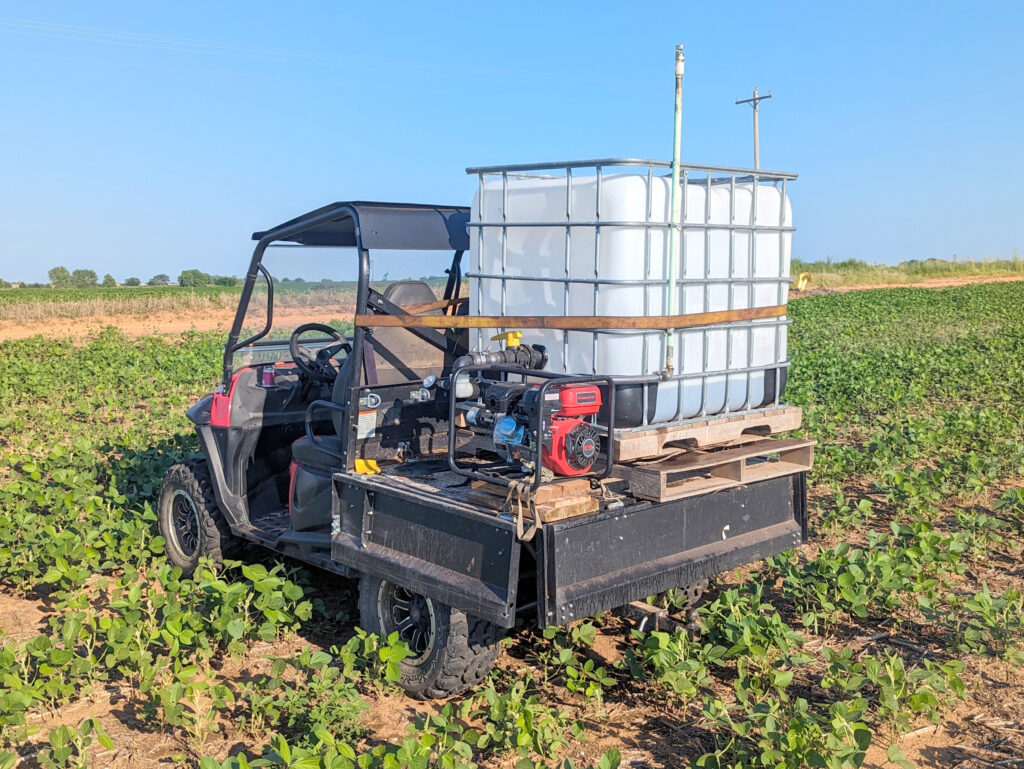
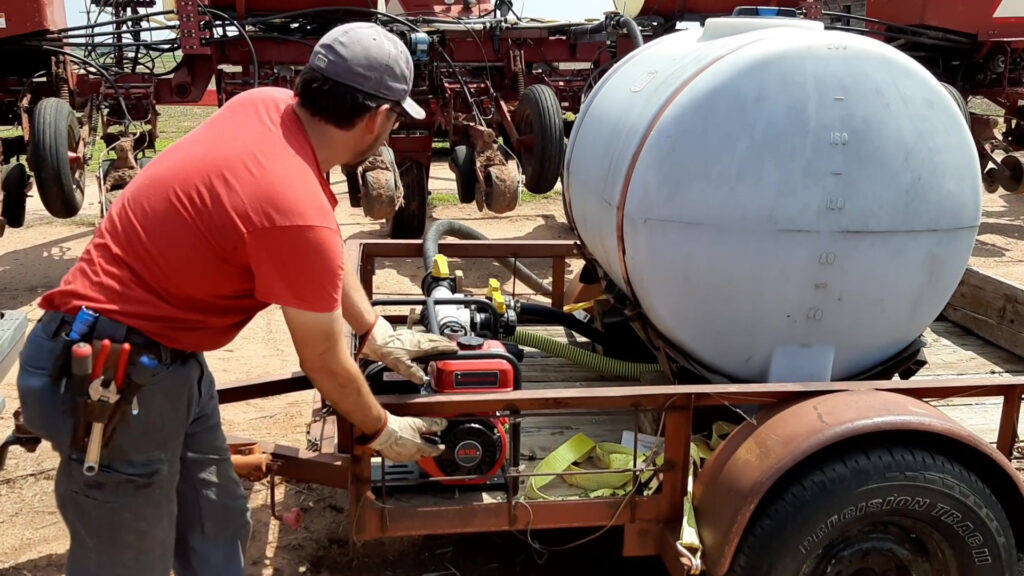
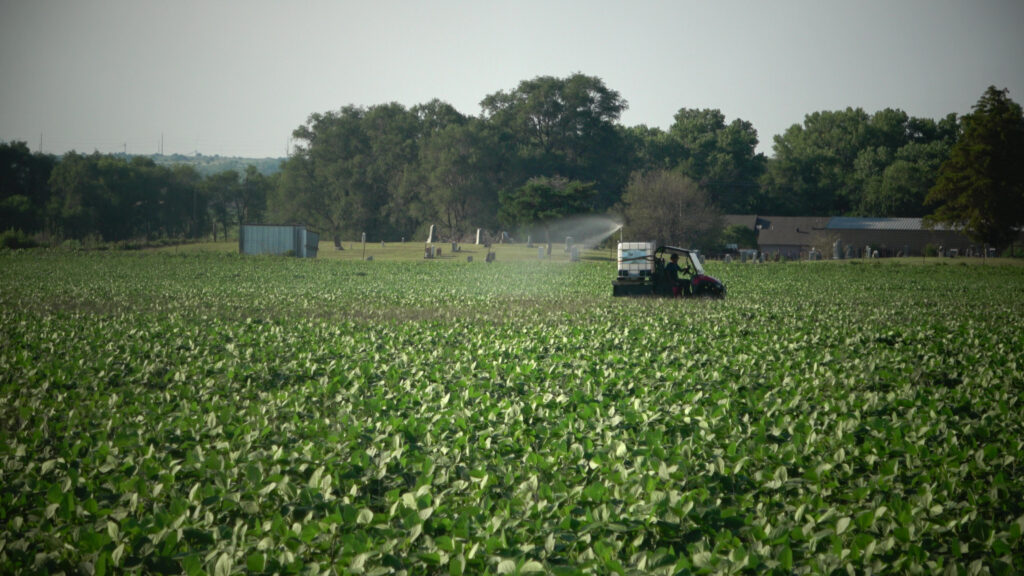

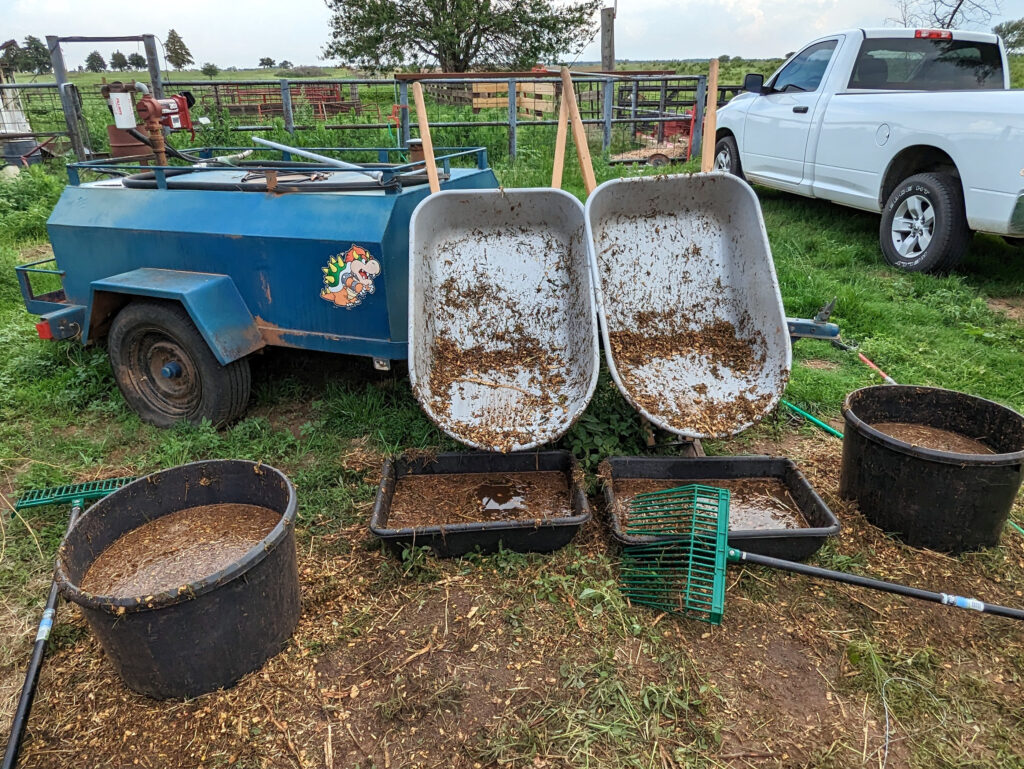

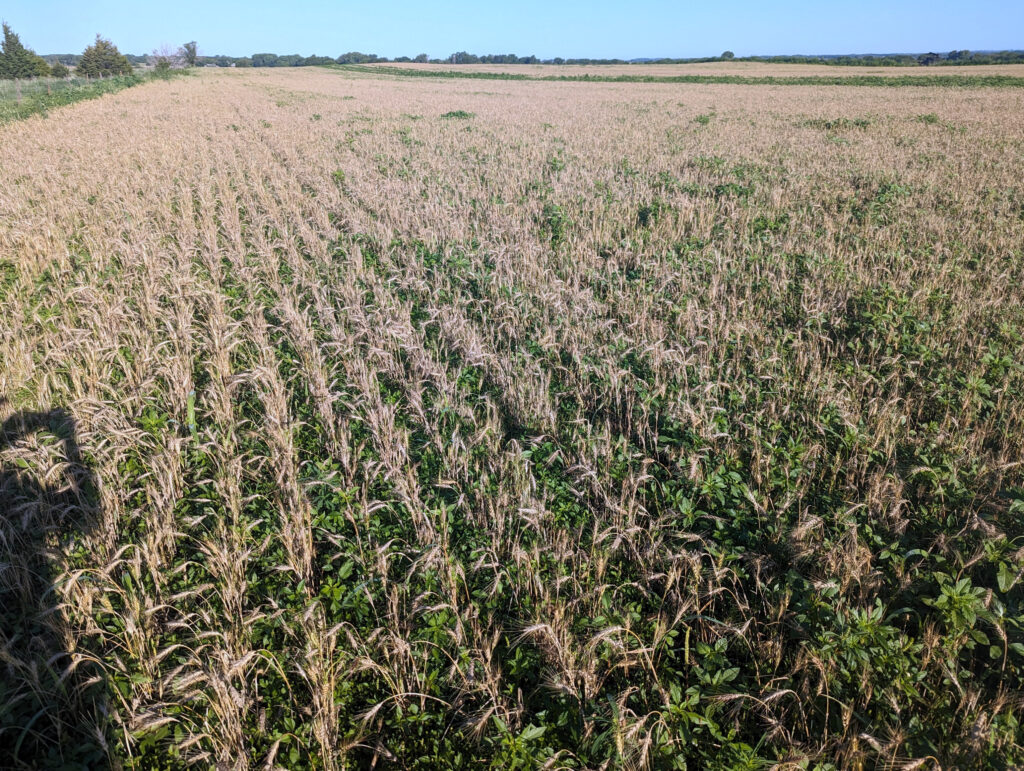

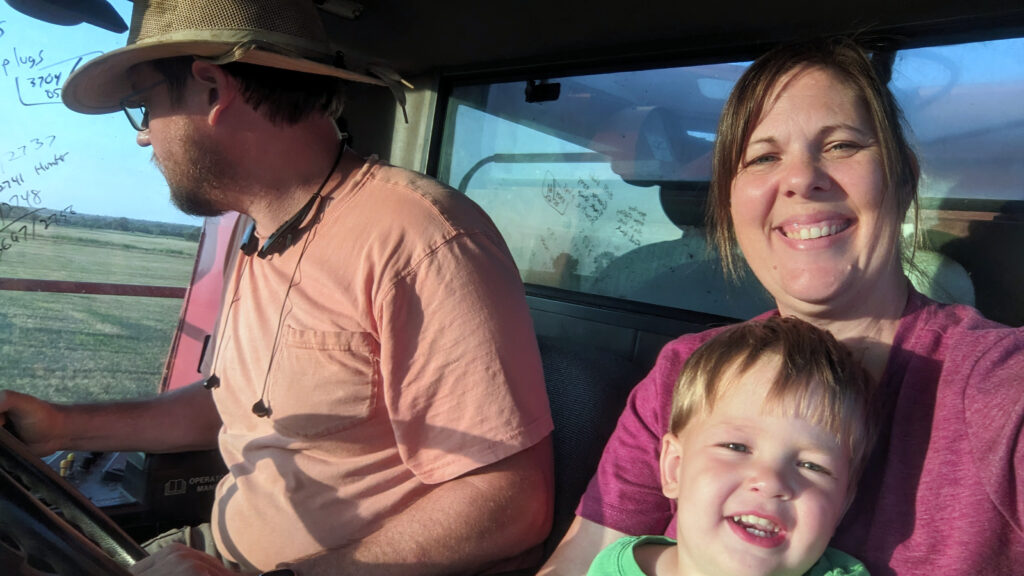
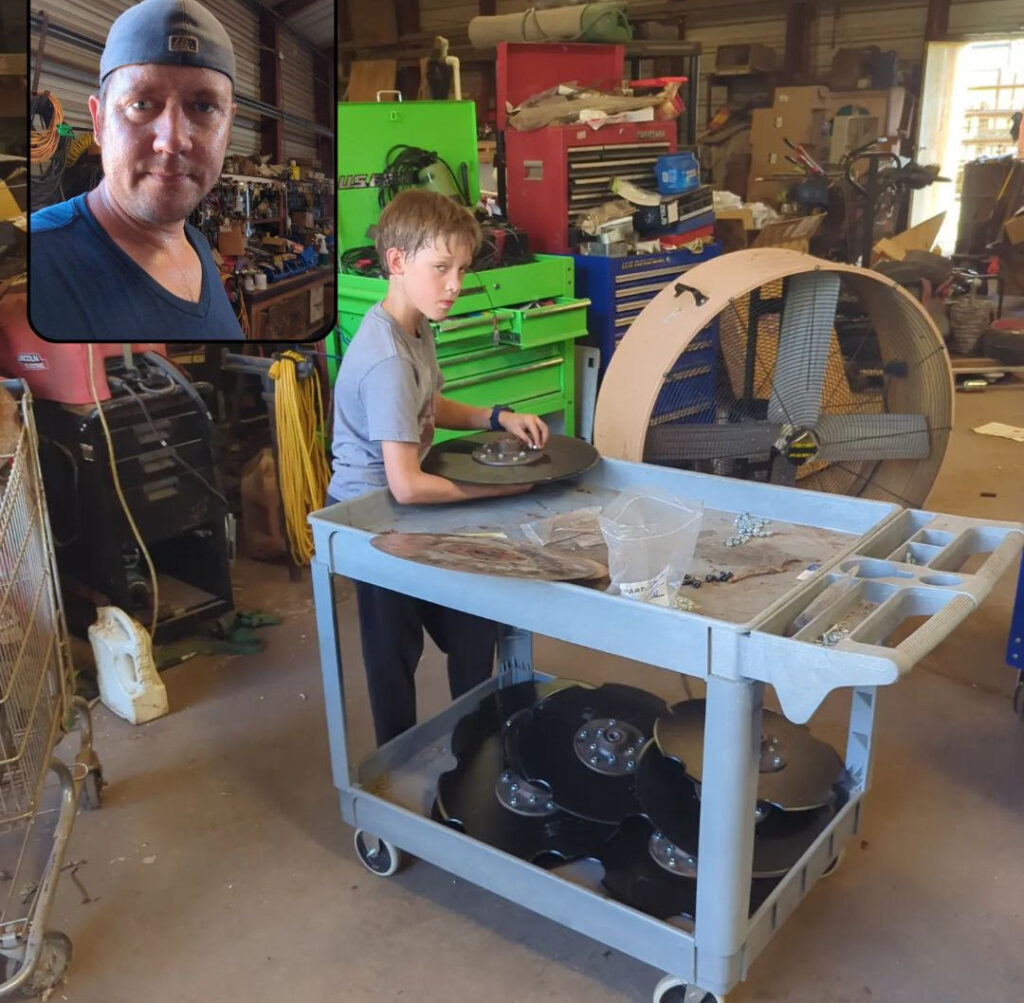


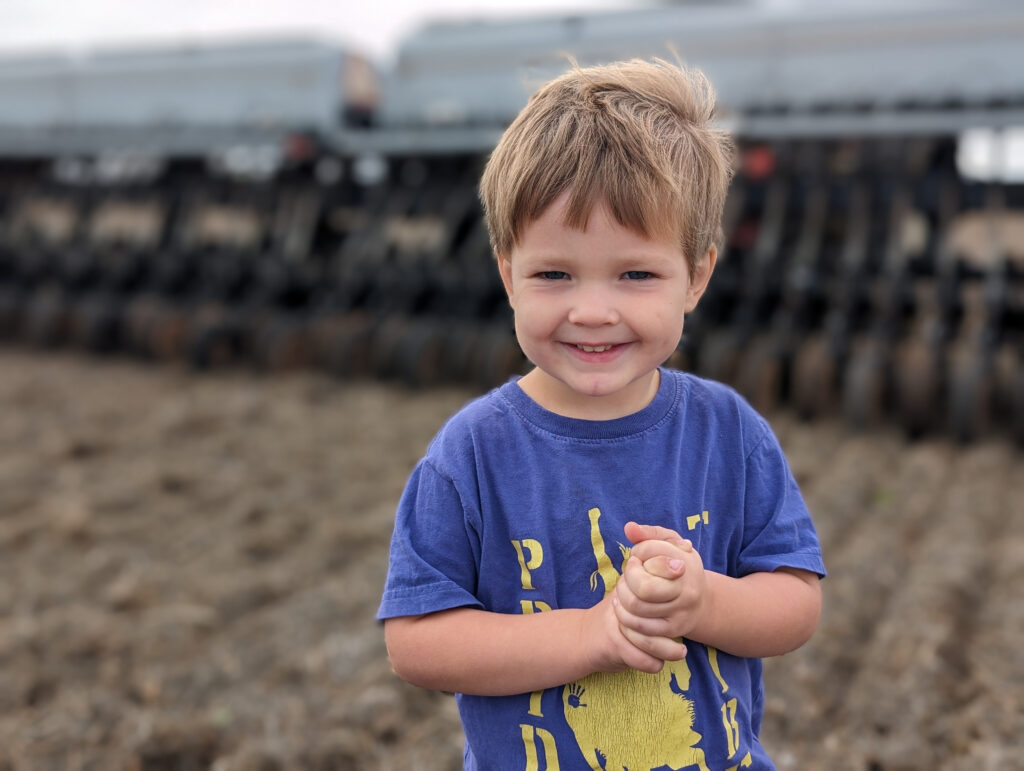
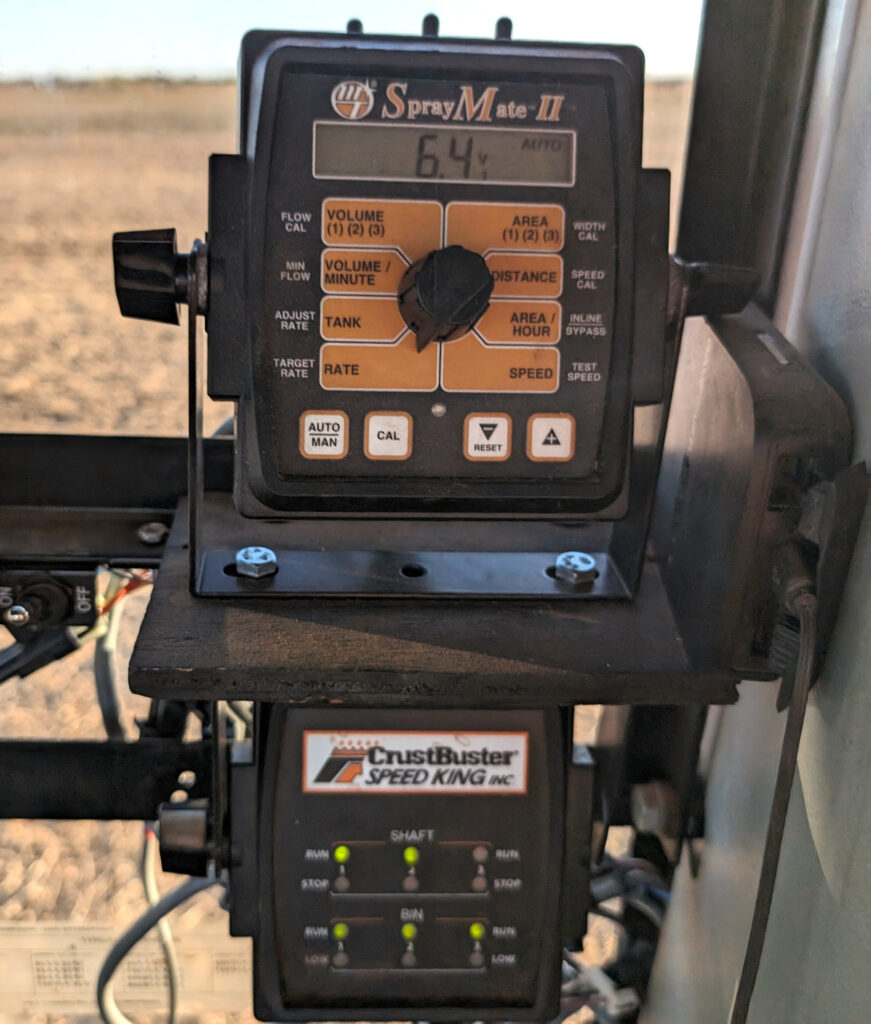
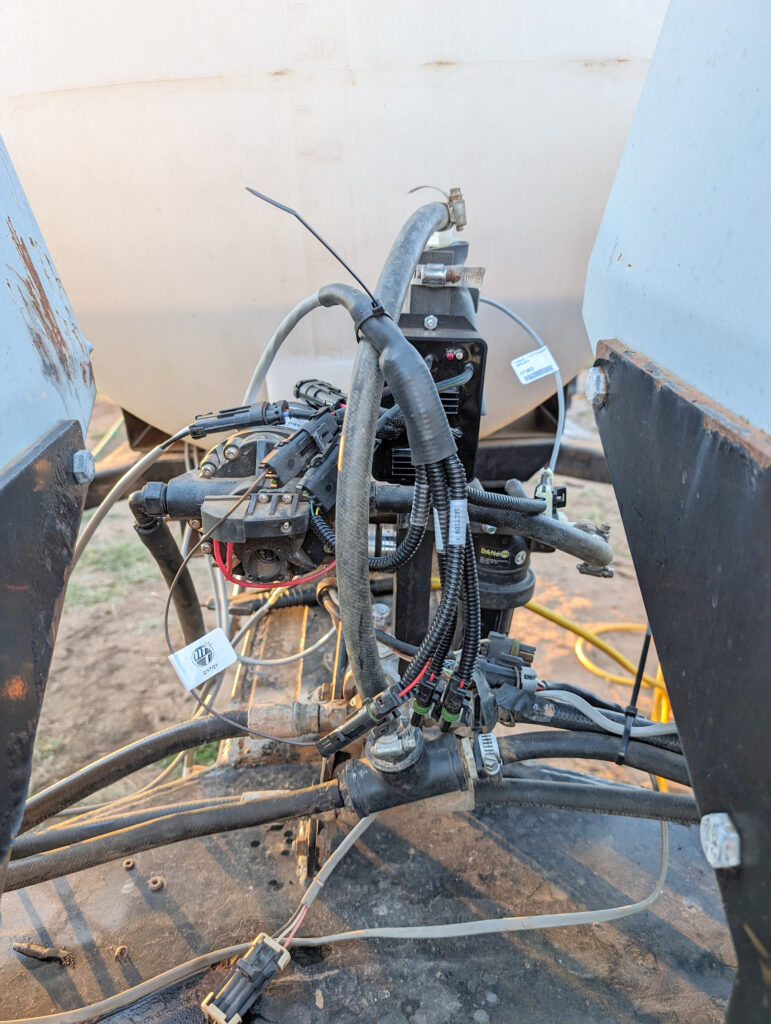
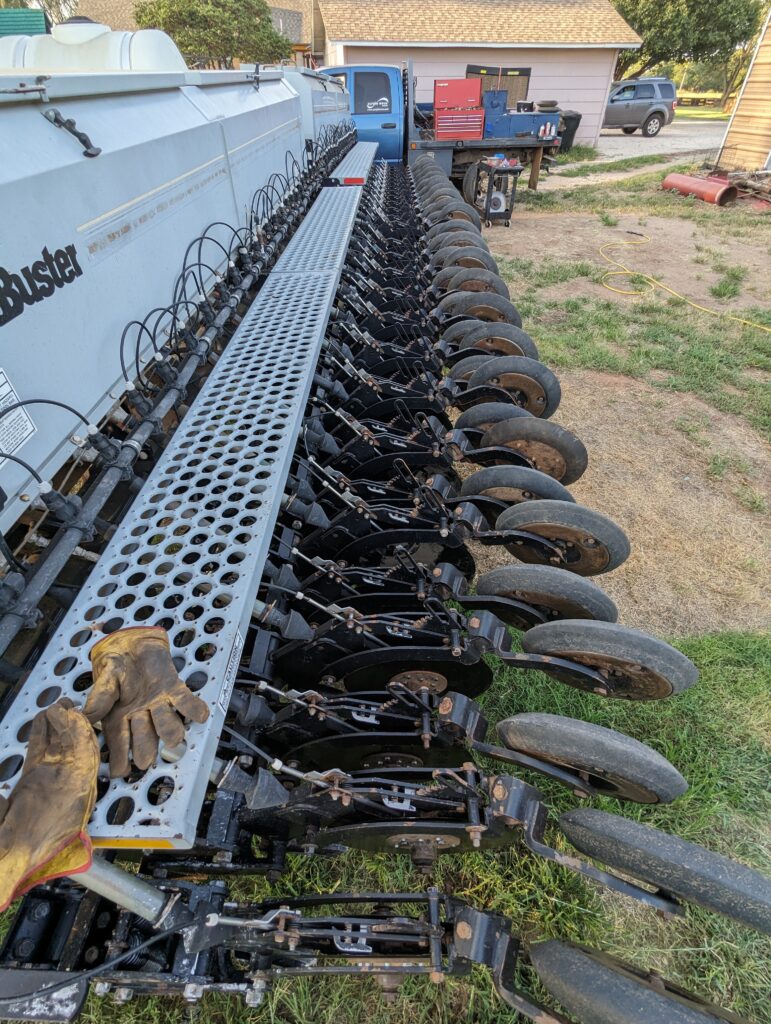
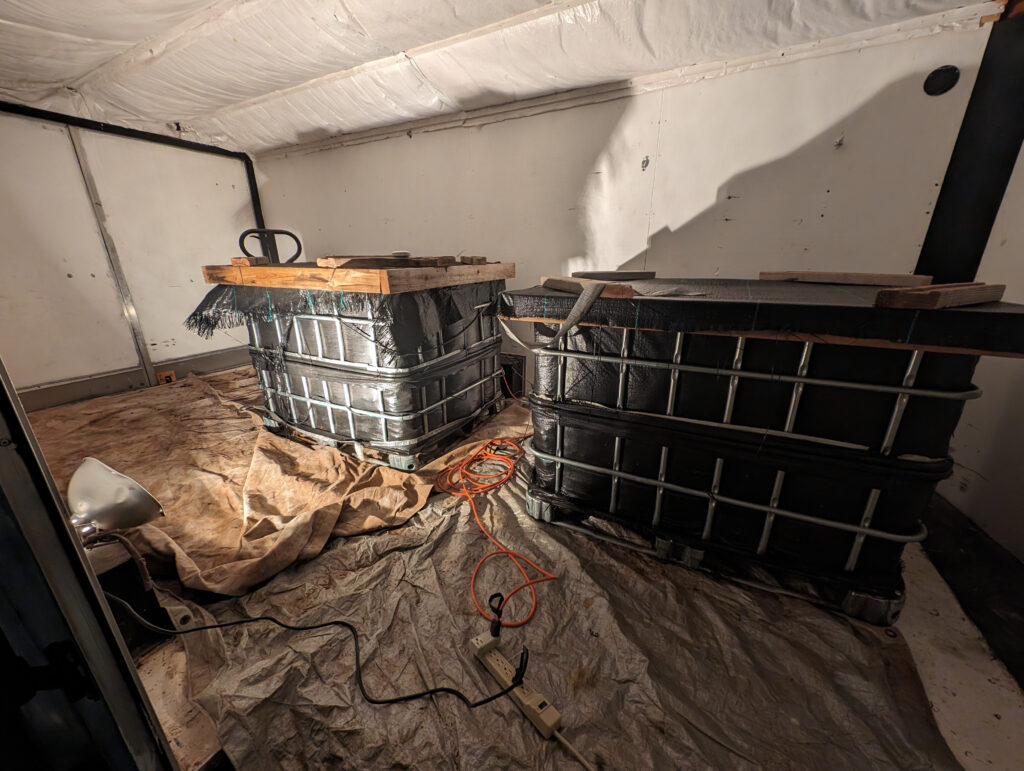
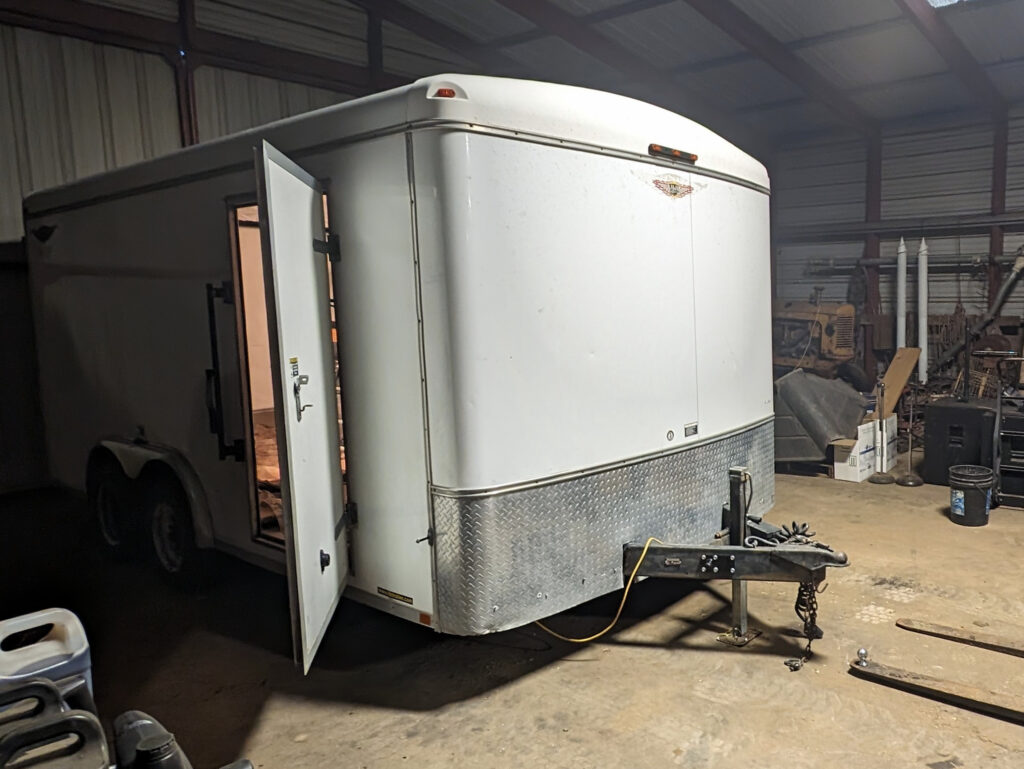
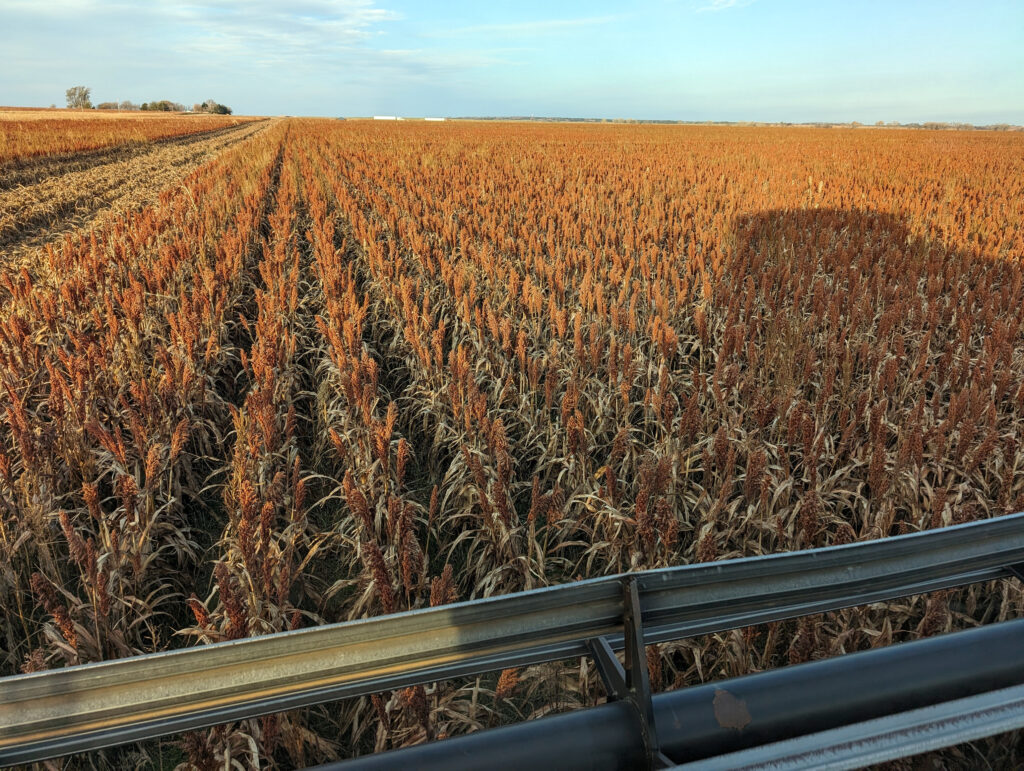
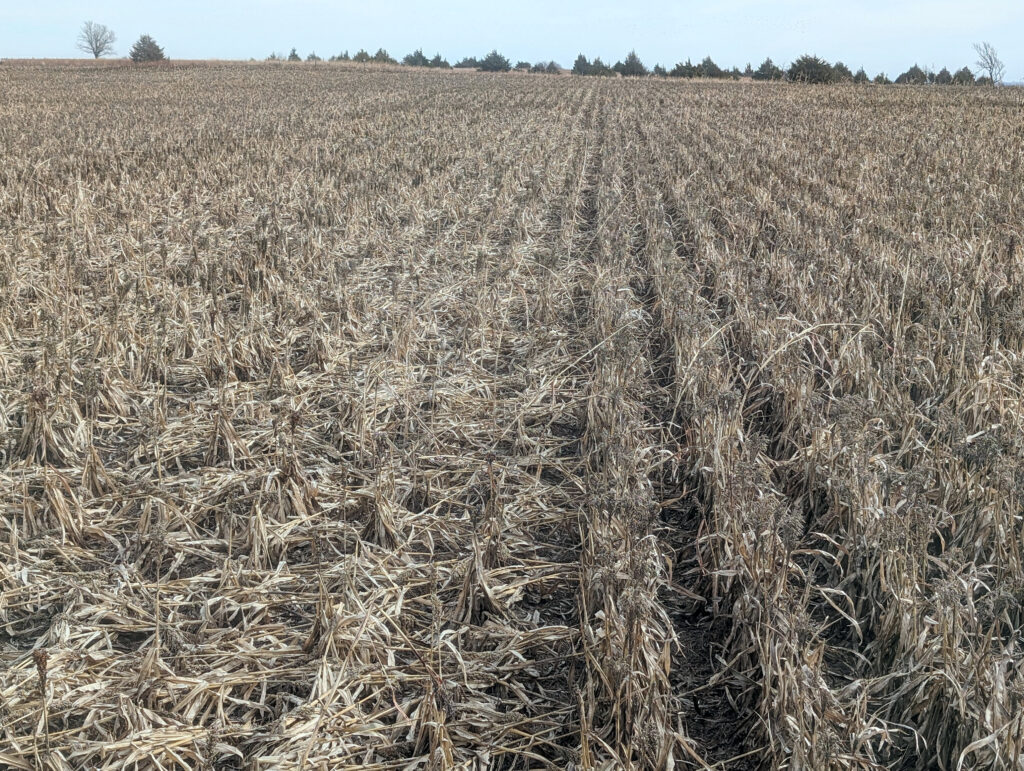

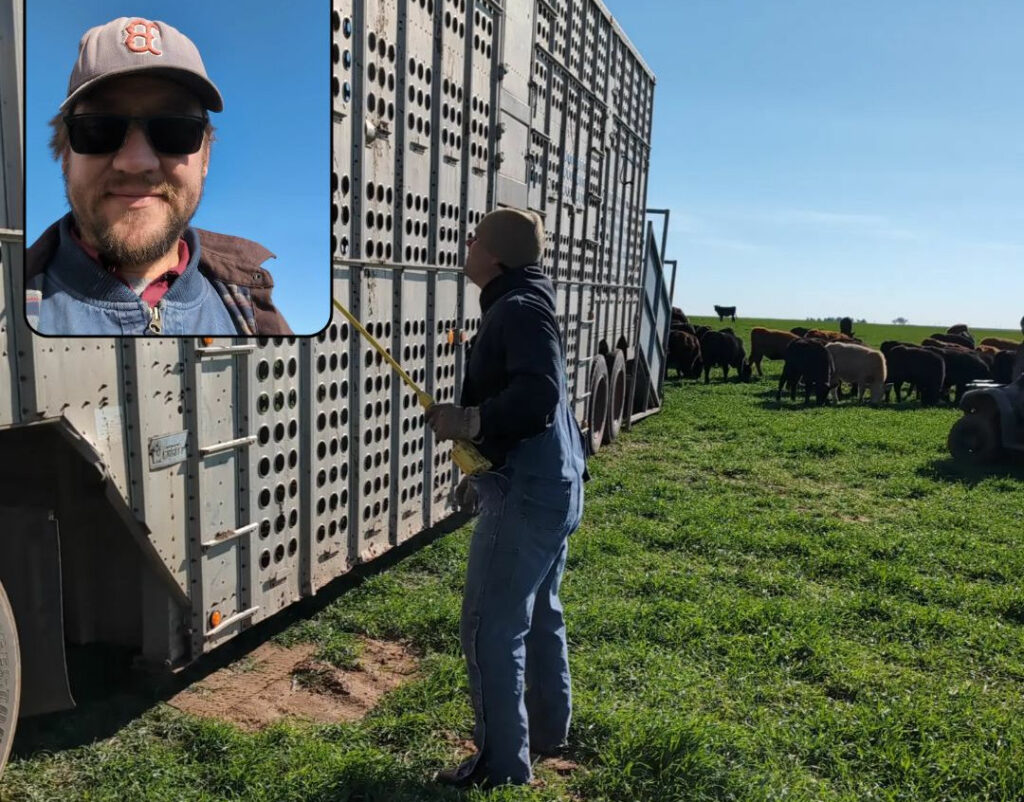

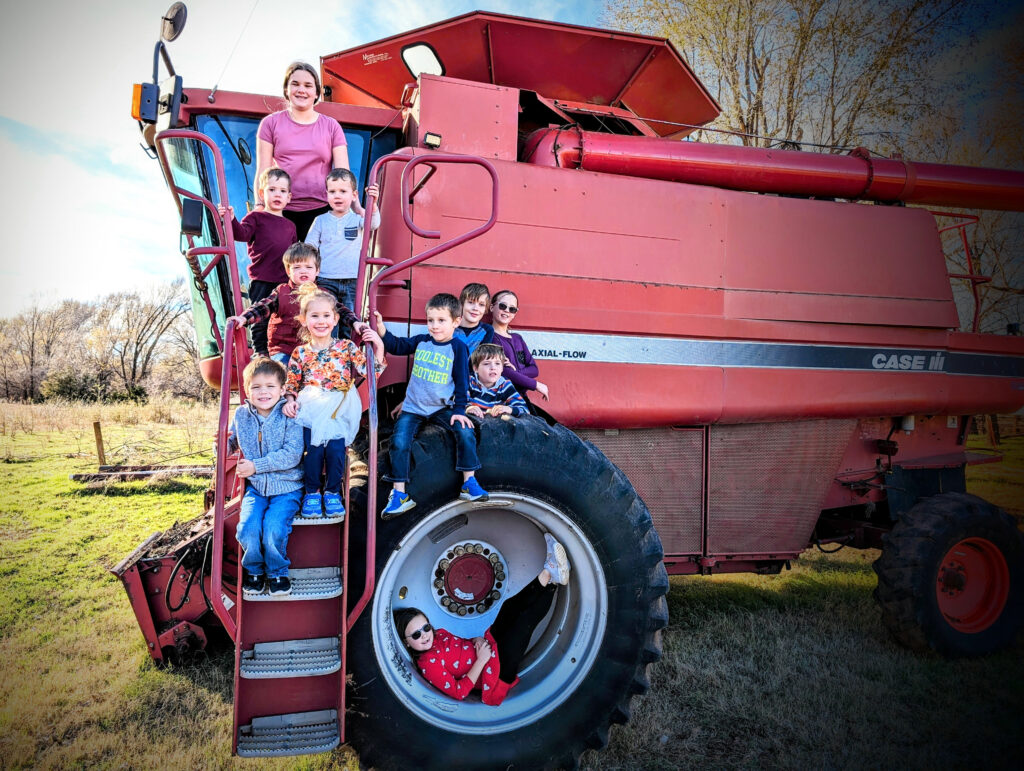



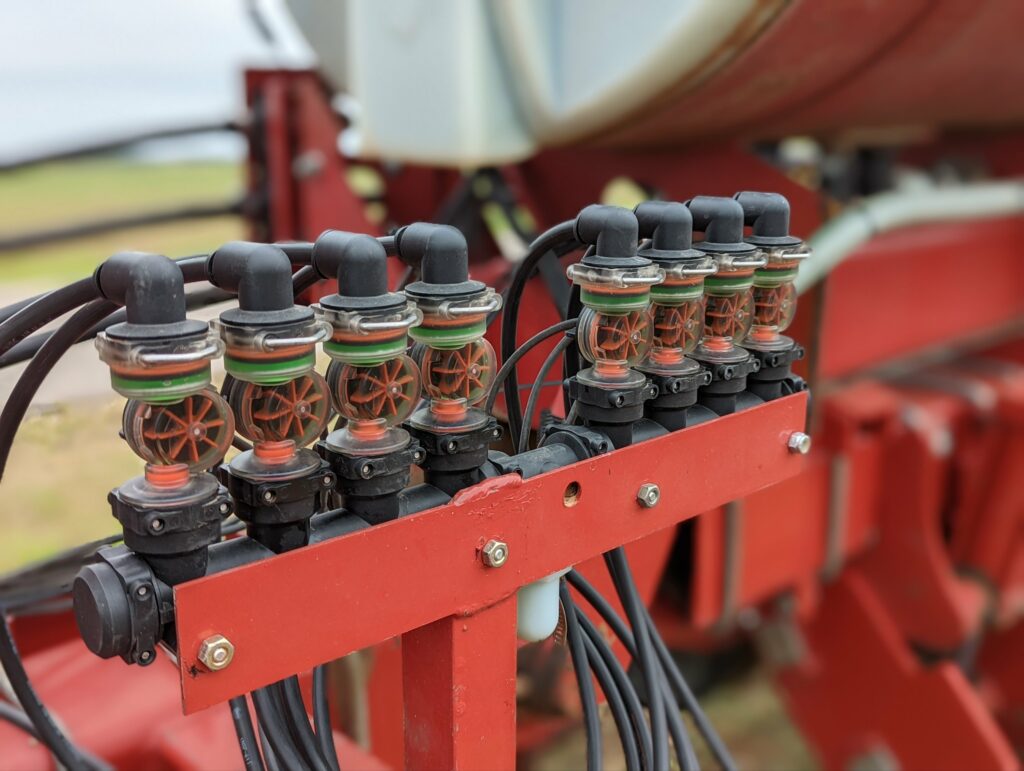

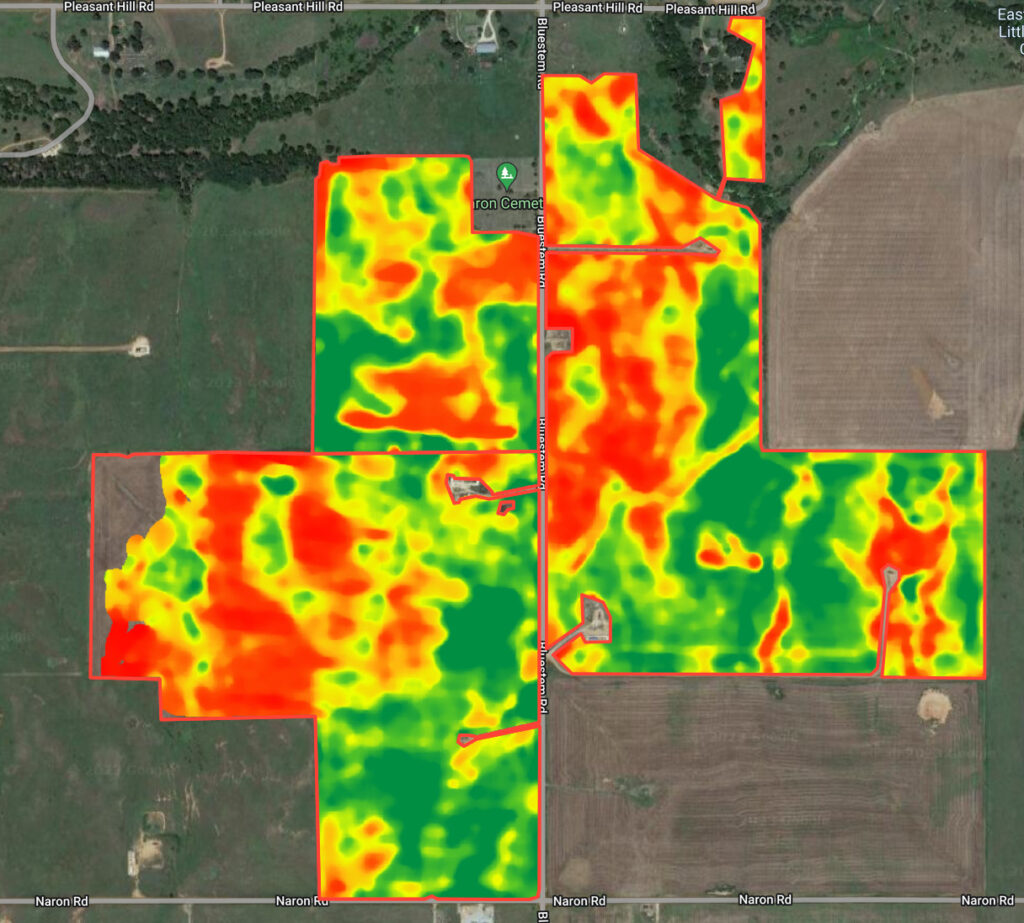
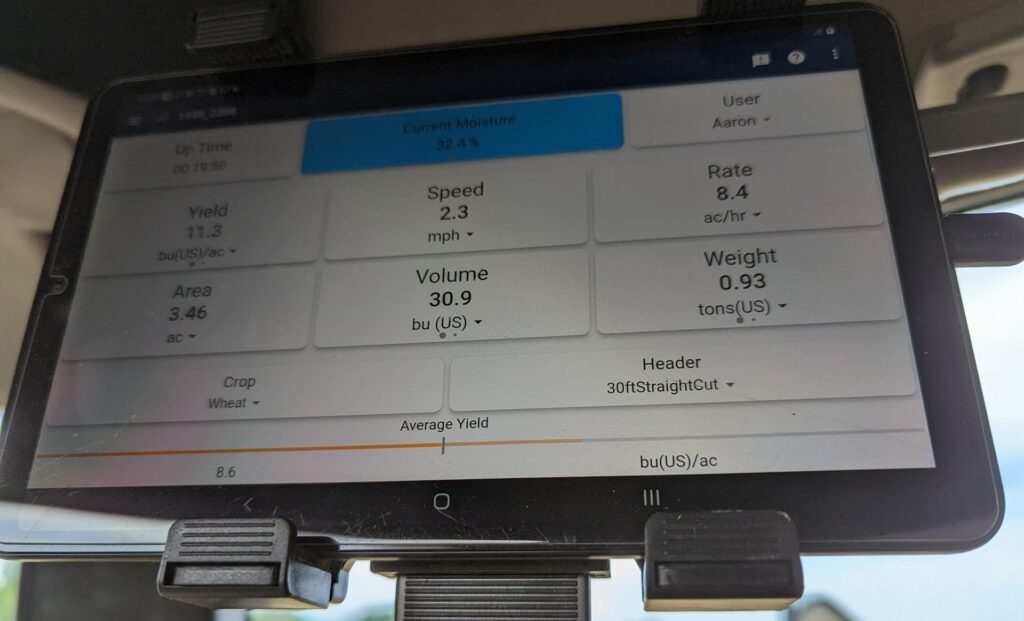
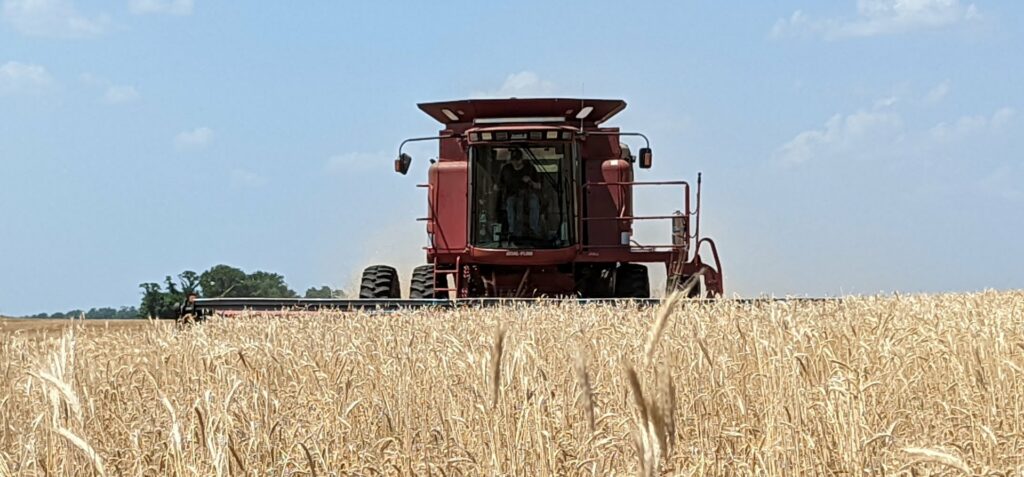

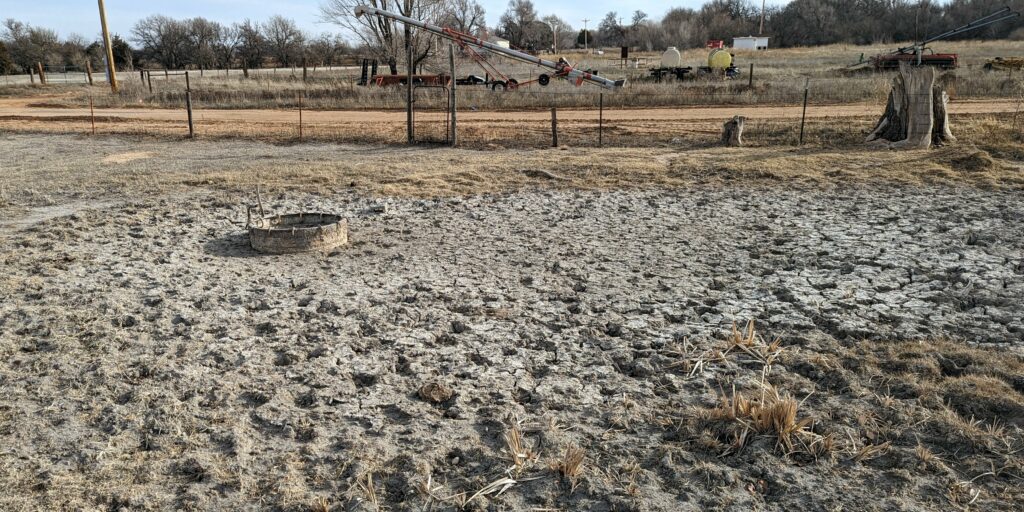
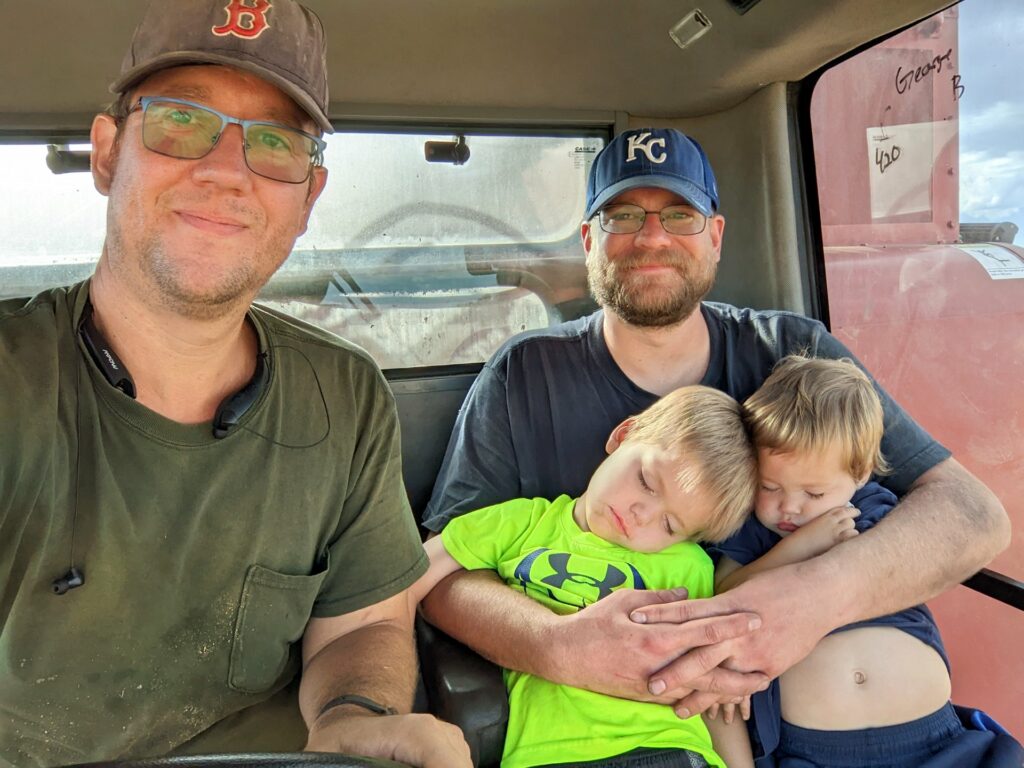
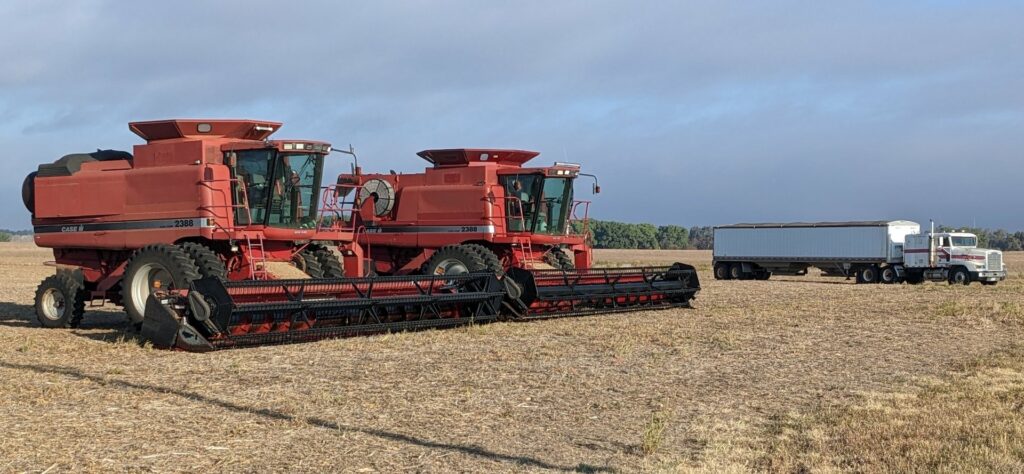
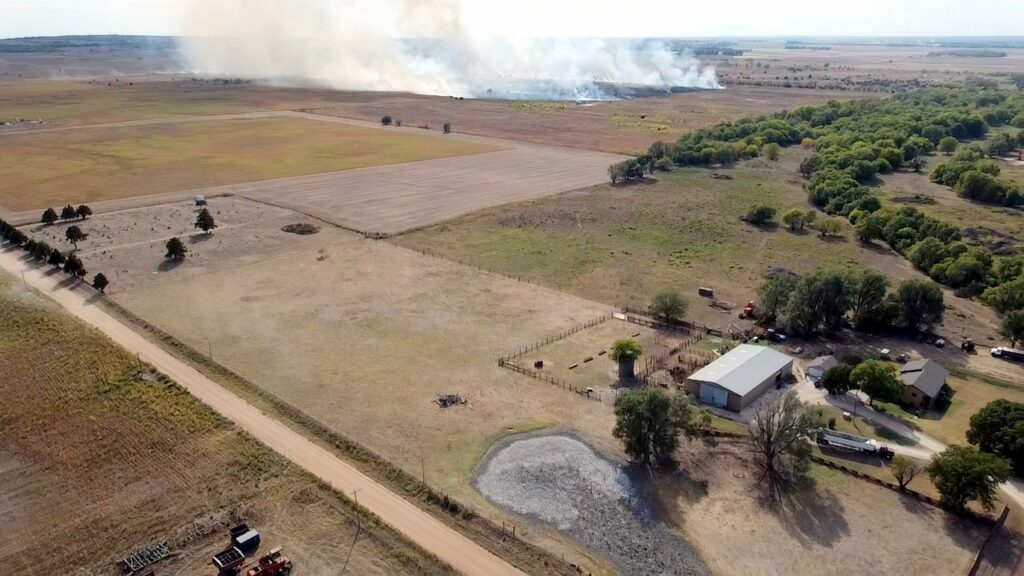

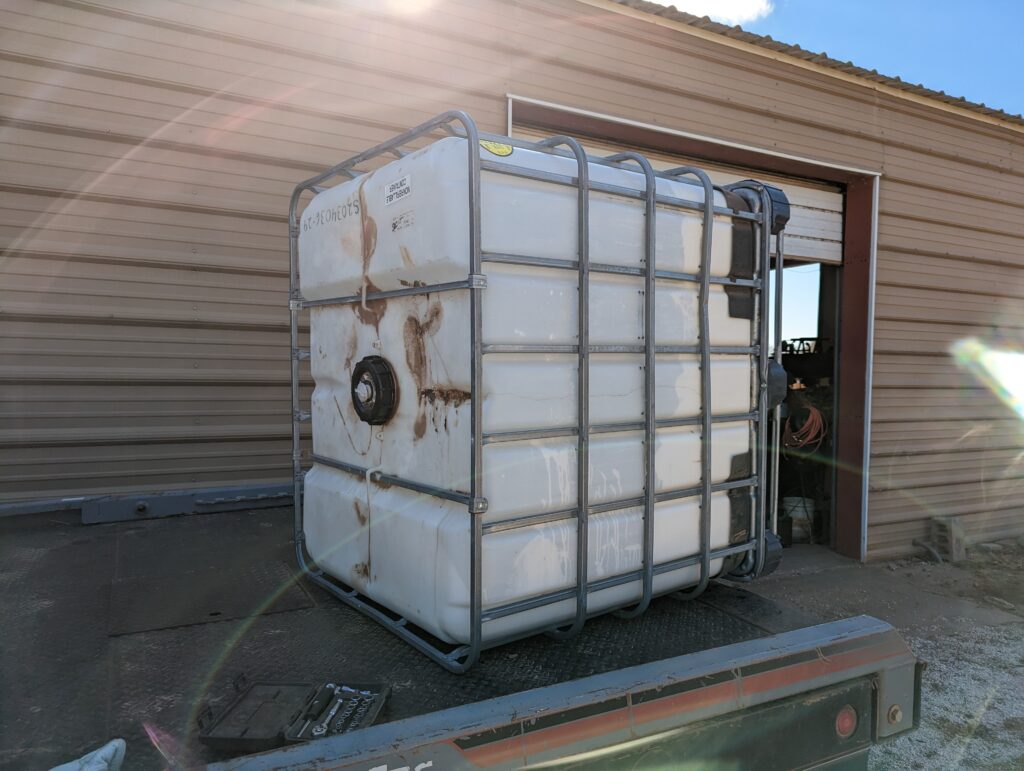


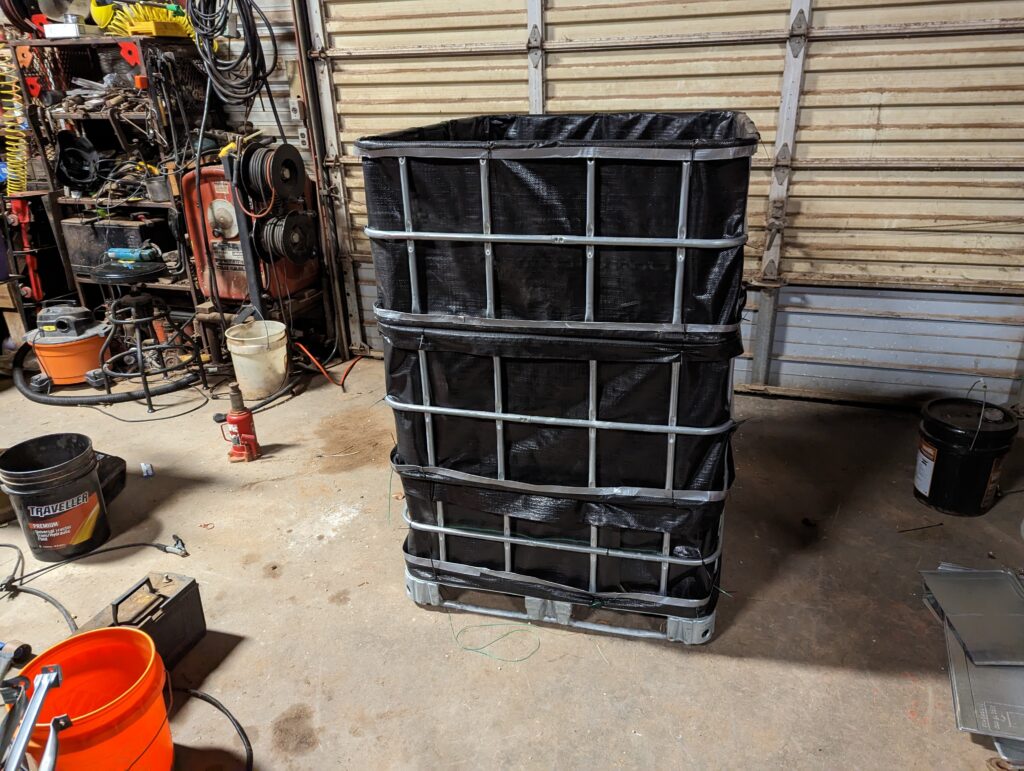


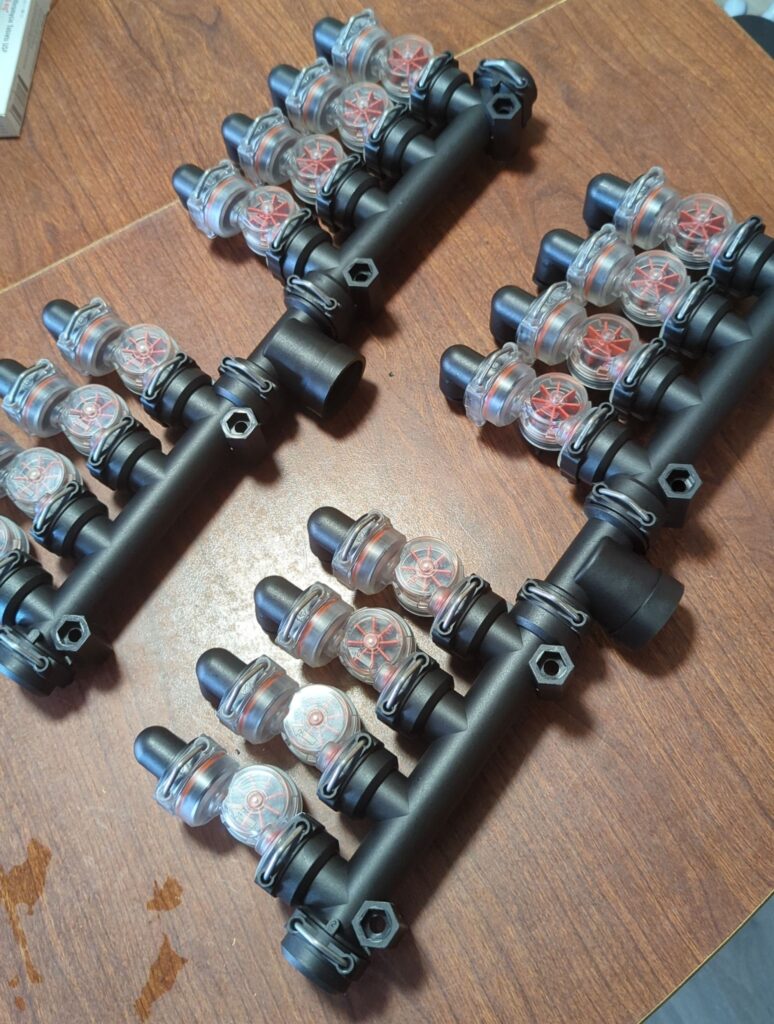
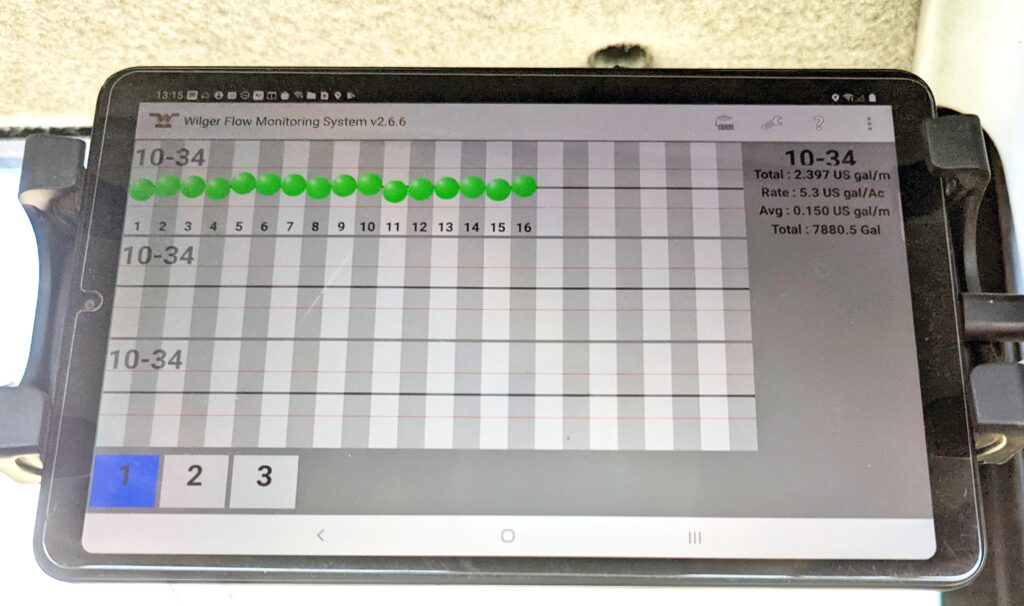


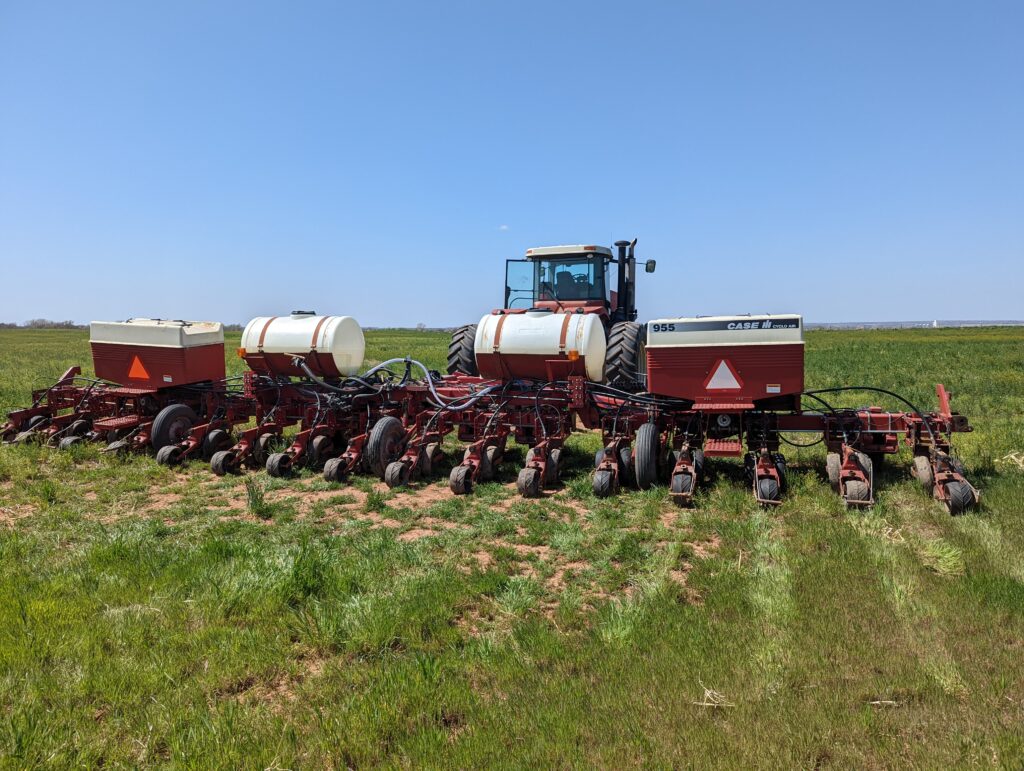


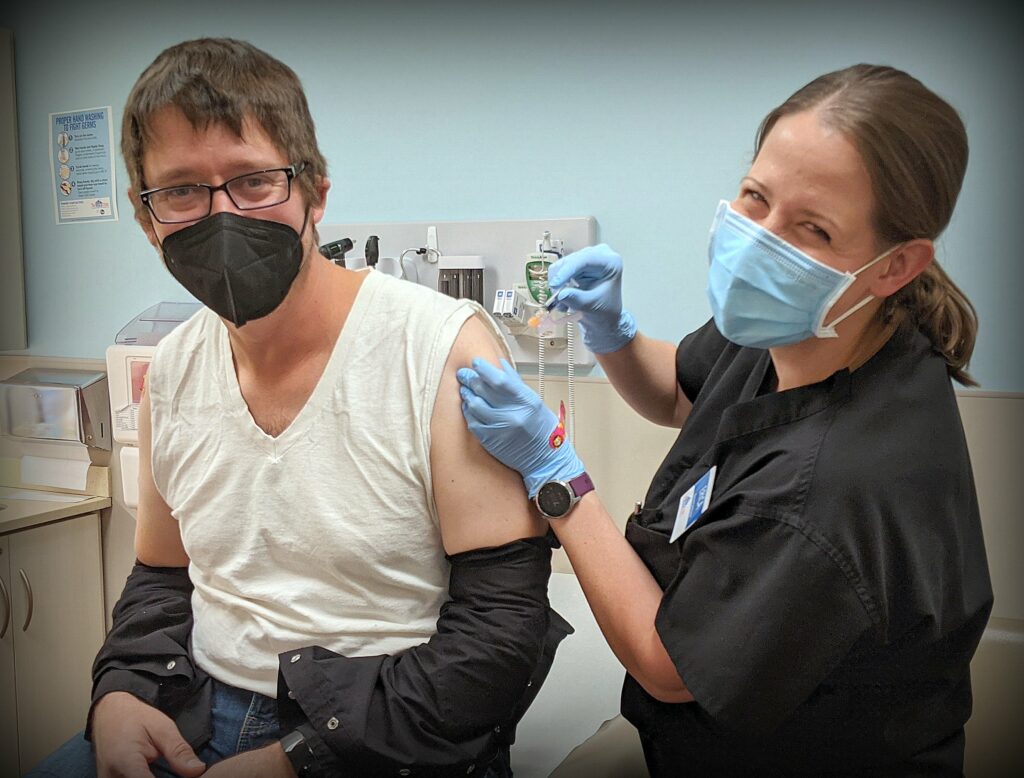
You must be logged in to post a comment.